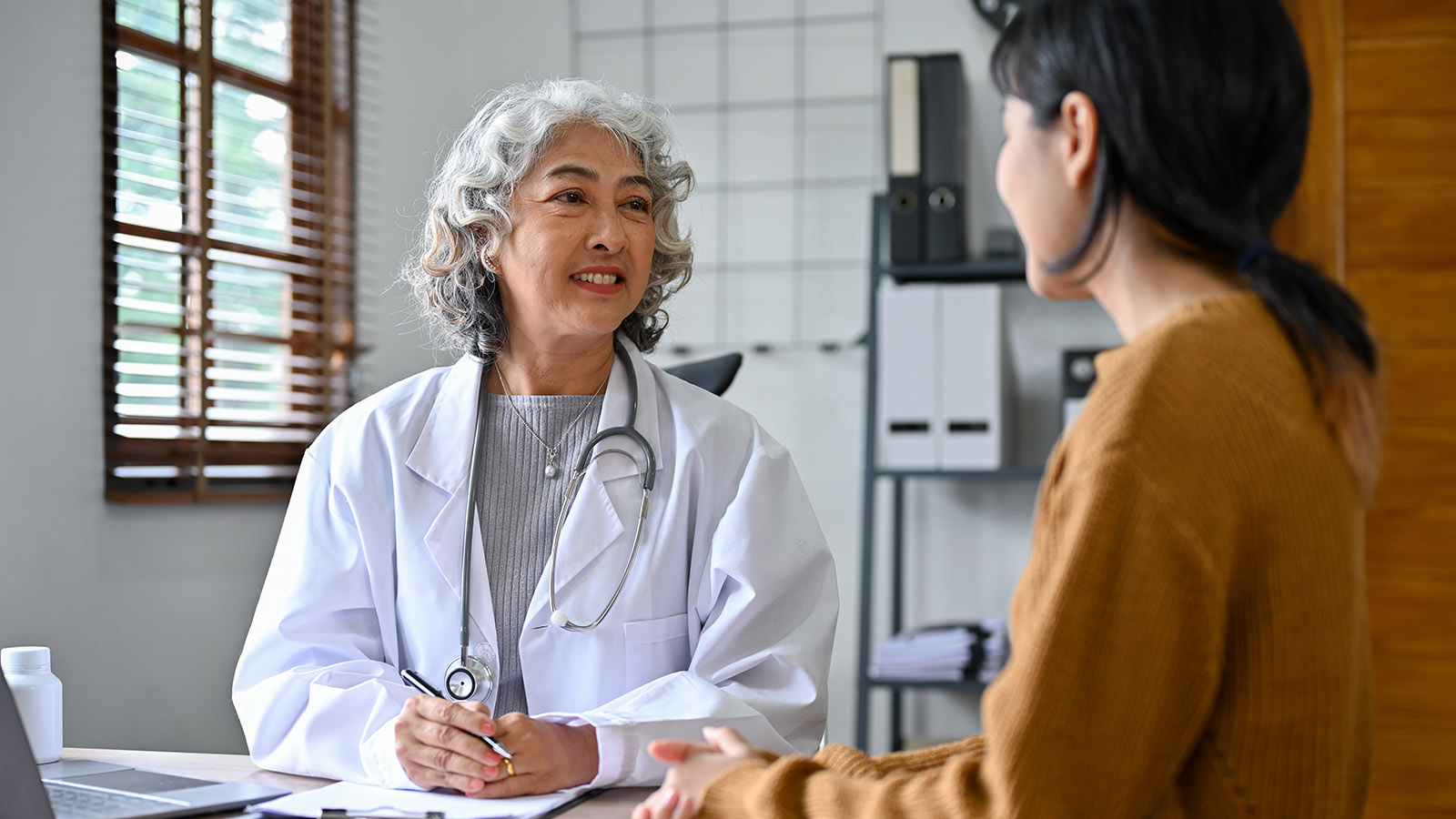How to Spot the Early Signs and Symptoms of a Stroke
With a stroke, minutes matter. Learn all the possible signs so you or a loved one can receive immediate treatment and improve your chances of recovery.
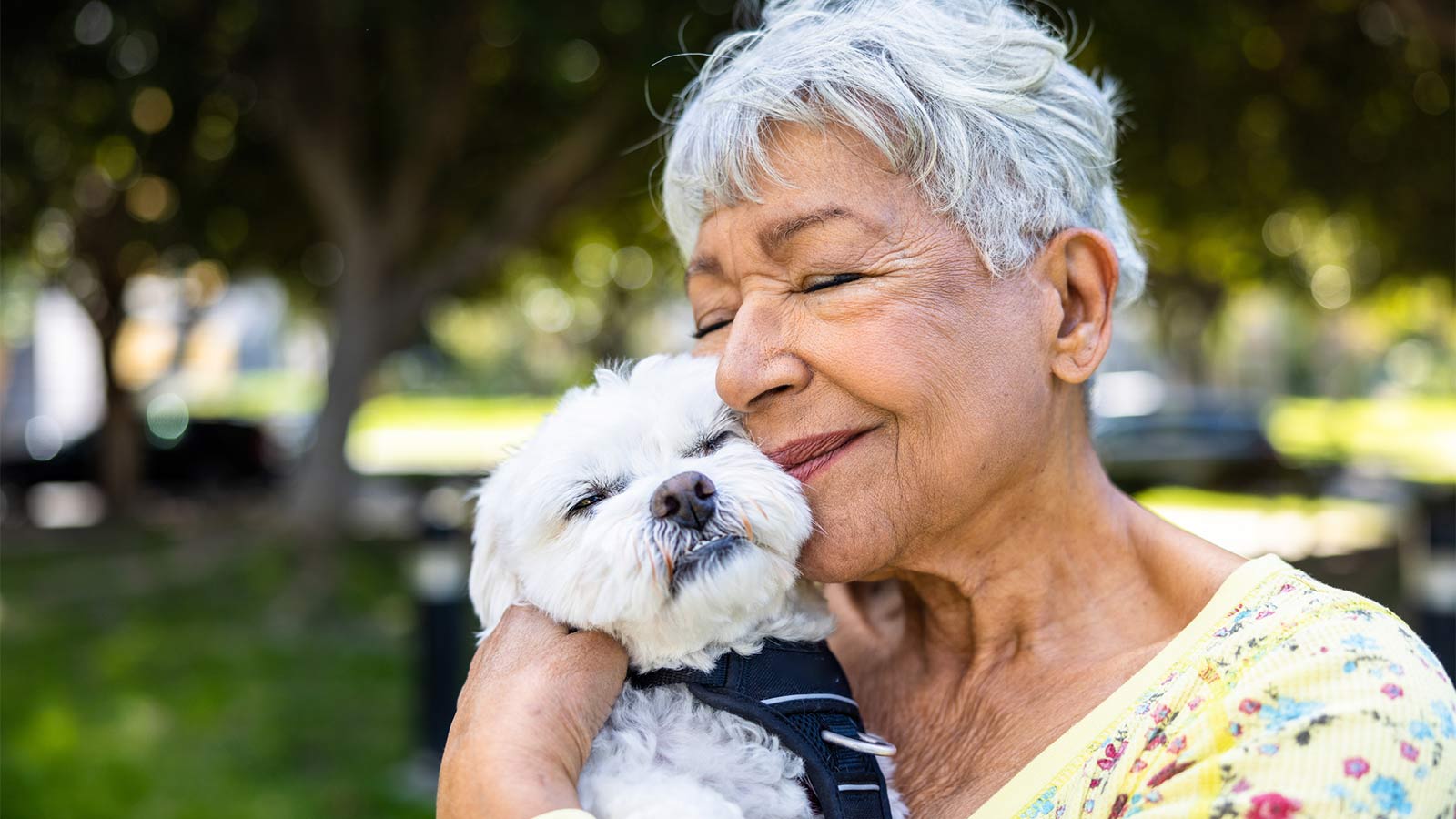
By Carole Thomas, MD, Neurologist, Virtua Neurosciences
You may be familiar with some of the signs of a stroke: face drooping, weakness, or numbness on one side of the body, or slurred speech.
But some signs and symptoms of a stroke can be less obvious—or may occur more frequently in women than men. Knowing all the possible signs so you or a loved one can receive immediate treatment may reduce the long-term effects of a stroke and improve your quality of life.
What Are the Different Types of Stroke?
A stroke occurs when blood flow to the brain is disrupted. Without steady blood flow, your brain cells begin to die, leading to possible paralysis, trouble speaking, and problems thinking clearly.
There are two main types of stroke:
- An ischemic stroke happens when a blood vessel supplying oxygen-rich blood to the brain is blocked.
- A hemorrhagic stroke occurs when a weakened blood vessel bursts and bleeds into the surrounding brain tissue.
You can’t tell the type of stroke you are having. Regardless, minutes matter. The sooner you get effective stroke treatment at the hospital—whether through a clot-busting medication or surgery—the better your chances for recovery.
What Are the Signs and Symptoms of Stroke—and What Should I Do?
Use the acronym BE FAST to remember the symptoms:
Balance: Sudden loss of balance?
Eyes: Loss of vision in one or both eyes?
Face: Face looks uneven?
Arm: Arm or leg weak/hanging down?
Speech: Speech slurred? Trouble speaking or seem confused?
Terrible Headache: Thunder clap headache? Worst headache of your life?
While the BE FAST acronym is a terrific tool for identifying stroke, there are other signs and symptoms of a stroke to be mindful of as well, including sudden:
- Confusion
- Weakness or numbness in the face, arm or leg—especially on only one side of the body
- Dizziness
Are Stroke Symptoms Different for Women?
For women, it is important to know that you may experience different symptoms than men. Some are vague and may be more easily dismissed or attributed to another medical condition.
These different stroke signs in women include:
- Loss of consciousness or fainting
- General exhaustion
- Difficulty or shortness of breath
- Sudden behavioral change
- Agitation
- Hallucination
- Nausea or vomiting
- Pain
- Seizures
- Hiccups
Call 911 at the first sign of stroke symptoms
If you think you or a loved one is having a stroke, call 911 right away. Do not wait to see if symptoms improve, and do not try to drive yourself to the hospital. Emergency medical services can begin care as soon as they arrive and alert the hospital’s stroke team so treatment is ready the moment you get there. This can save precious time—and brain tissue.
Remember: every minute matters during a stroke. The faster someone receives treatment, the better their chances for recovery and reduced long-term effects.
Neurosciences Partnership with Penn Medicine
The Penn Medicine | Virtua Health Neurosciences Program brings the region’s foremost leader in neurological treatment and research to South Jersey. Together with the specialists at Virtua Our Lady of Lourdes Hospital, the Penn neurovascular team uses state-of-the-art techniques to minimize stroke damage.
A Penn neurosurgeon is on call around the clock.
Schedule an appointment with a Virtua neurosciences specialist or call 888-847-8823.
There's So Much More to Explore
Discover expert insights, inspiring stories, health tips, and more by exploring the content below!

Cervical Cancer Screening Guidelines: What You Need to Know
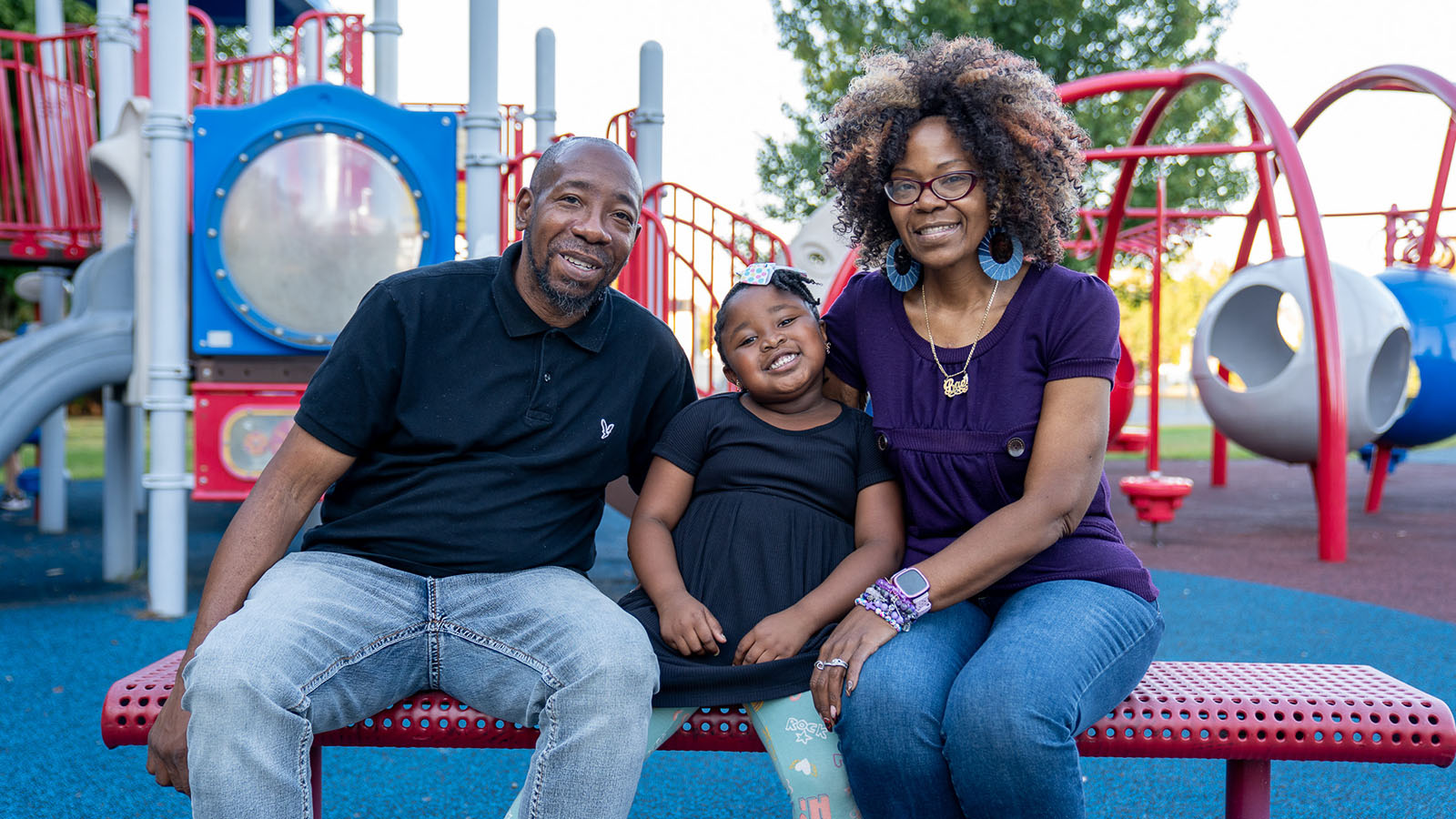
HeartTalk Magazine

How to Spot the Early Signs and Symptoms of a Stroke

How Weight-Loss Surgery Can Improve Diabetes, Heart Health, and More

How to Achieve Your Health Goals This Year
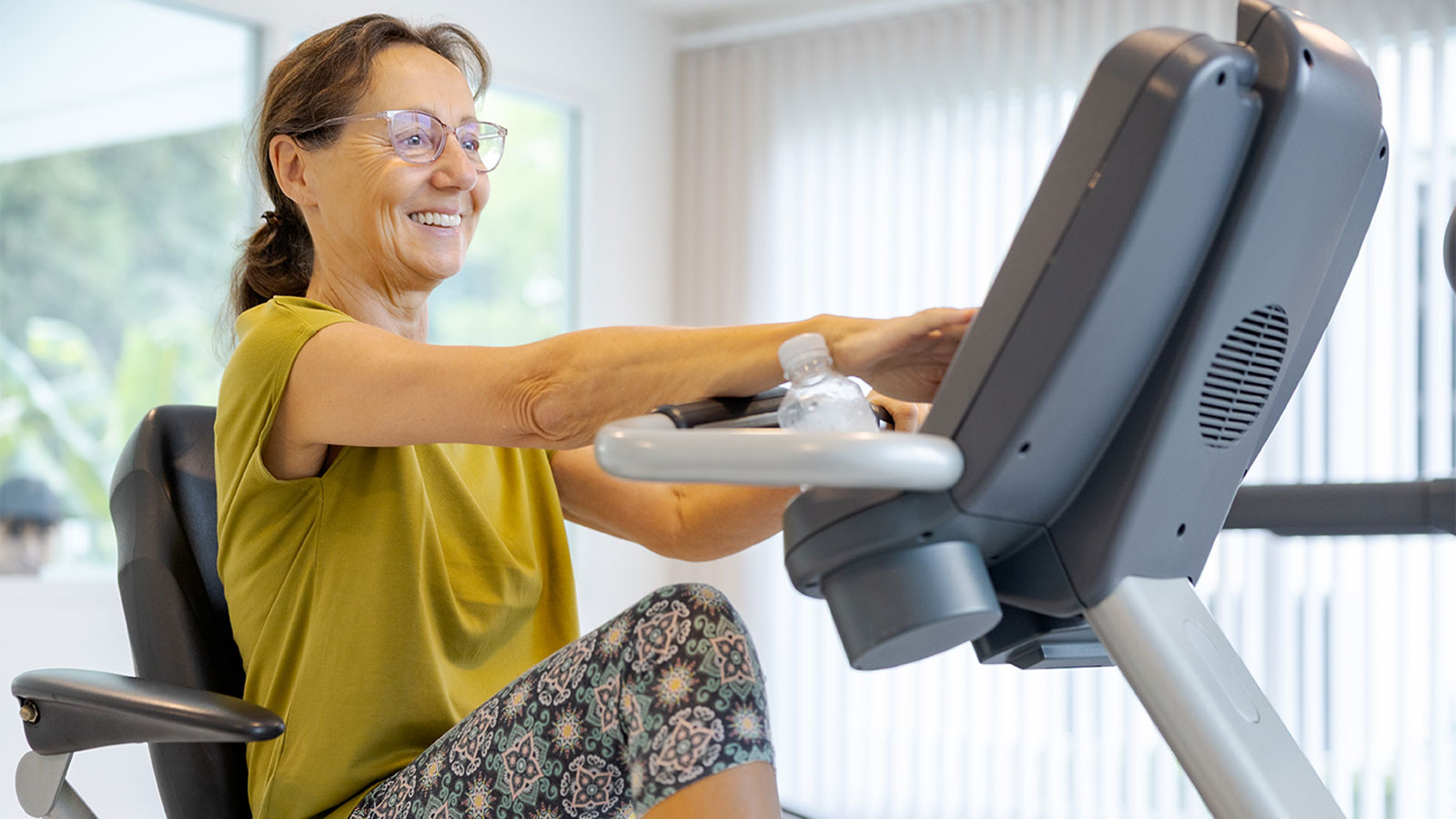
Knee Replacement Rehab: 7 Exercises to Restore Your Strength and Range of Motion

Caregiving During the Holidays: Ways to Manage Stress and Find Joy

Bioidentical Hormone Replacement Therapy Pellets: Relief for Menopause and Andropause Symptoms

Why Is Sex Painful During Pregnancy? Pelvic Congestion Syndrome Explained

COVID-19 Vaccines and Pregnancy: FAQs

COMFORTing Tips to Avoid Holiday Heartburn

How to Tell the Difference Between Cold, Flu, and COVID-19

From Exhaustion to Empowerment: Tracy's Hormone Replacement Therapy Success Story

Daily Wellness Checklist: Simple Habits for Feeling Good Inside and Out

Sexual Health FAQs: The Questions Everyone’s Too Embarrassed to Ask

3 Reasons Why Now's the Time to Find Relief From Varicose Veins

The Brain Health Checklist: 11 Questions Everyone Should Ask

How to Get and Stay Healthy This Fall

How to Reverse Prediabetes and Prevent Type 2 Diabetes

6 Ways to Get More Out of Your Daily Walk
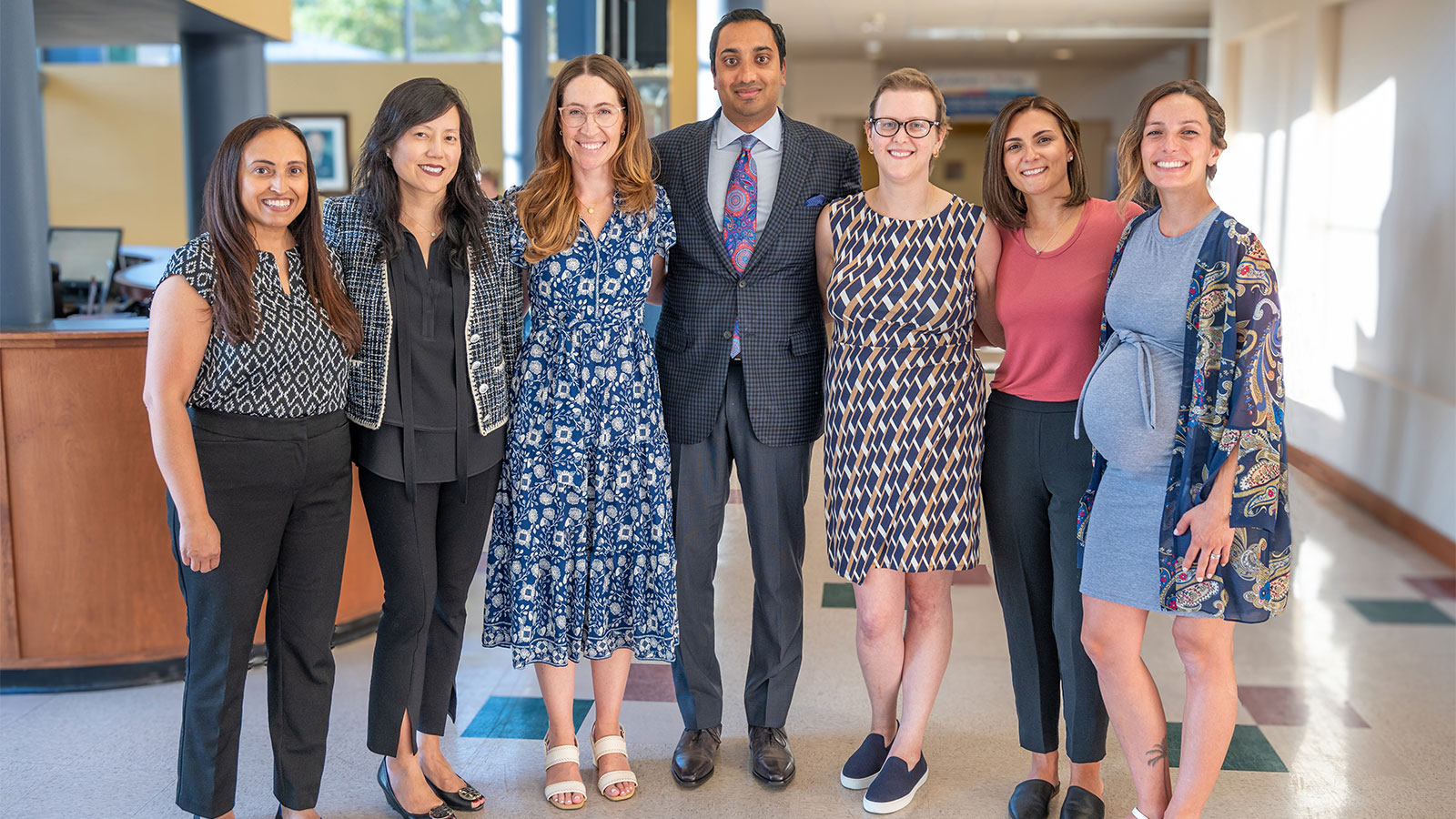
Young Breast-Cancer Survivor Has New Hope for Healthy Future
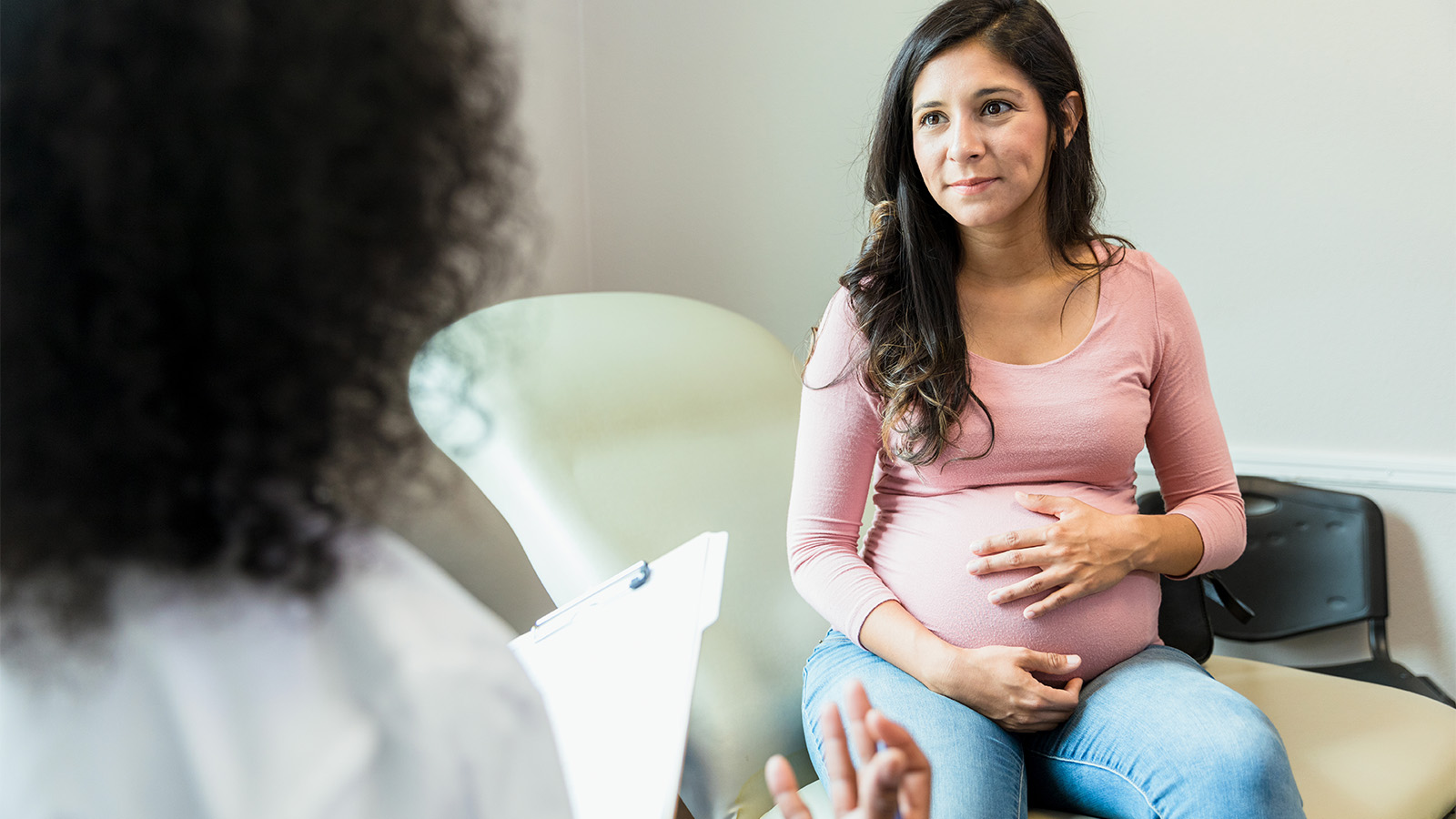
What To Know About Vaginal Discharge During Pregnancy

Is Cancer Hereditary? What You Need to Know About Your Genetic Risks
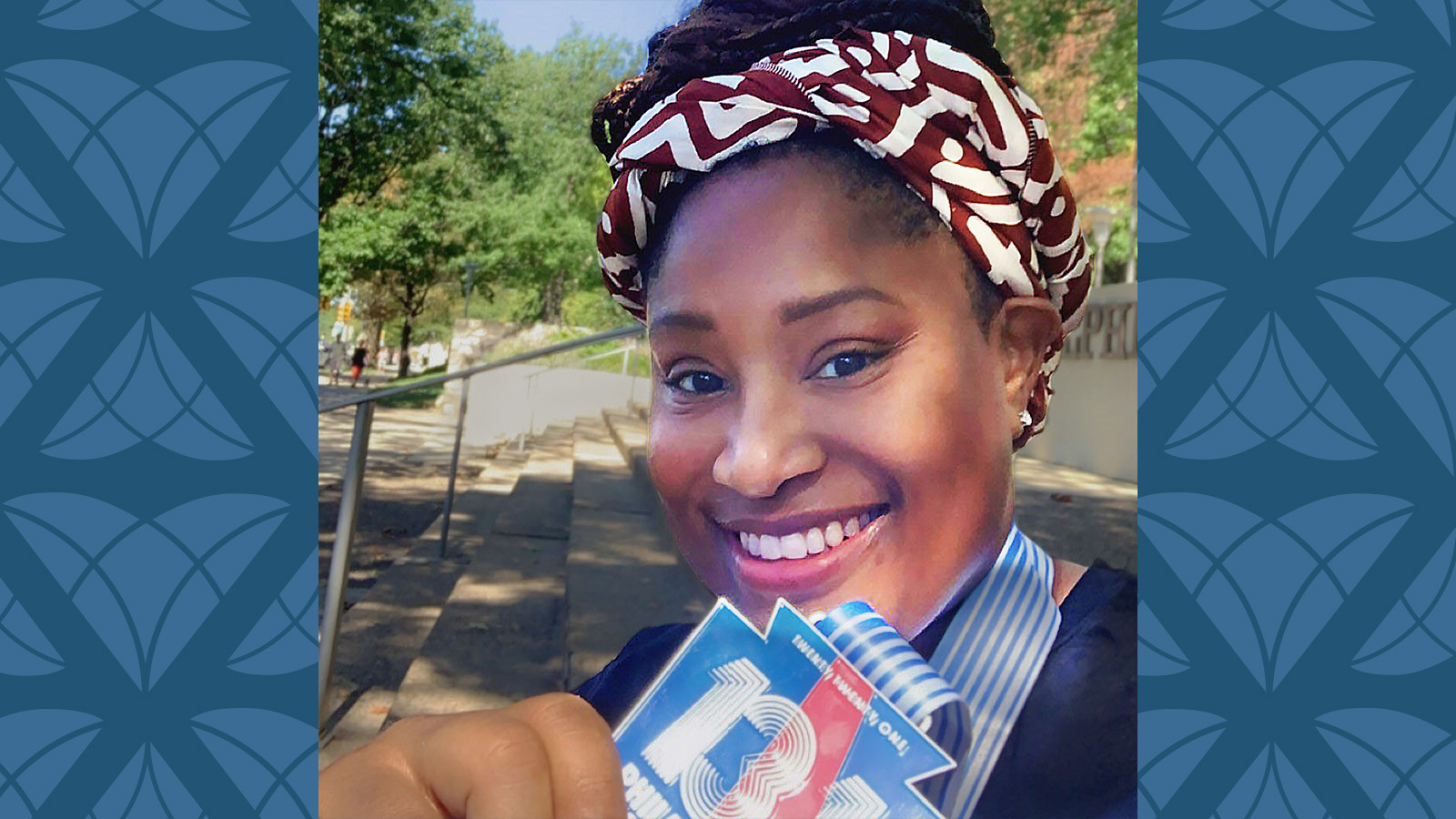
Tara's Story: From Debilitating Uterine Fibroid Pain to a Half-Marathon Medal

Is Your Post-Pregnancy Belly Bulge a Sign of Diastasis Recti?

Your Guide to Mammograms: When to Get Screened and What to Know

The Top 10 Foods That Boost Your Brain Health
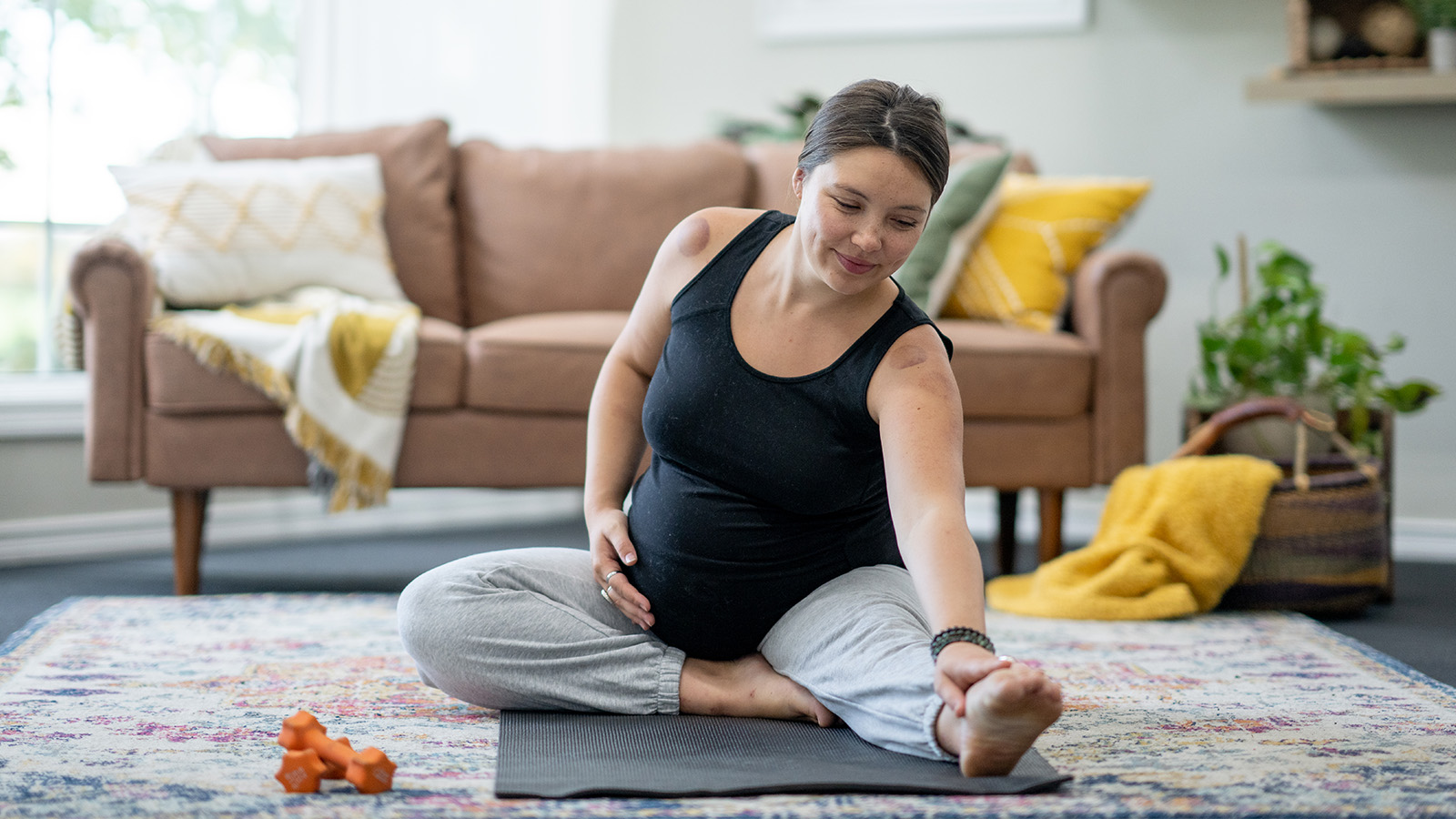
Is It Safe to Exercise During Pregnancy?

Prevent Yard Work Injuries: Tips for Mowing, Gardening, and Raking

Healthy Weight Gain During Pregnancy: A Guide for Moms-to-Be

How to Curb Nighttime Snack Cravings
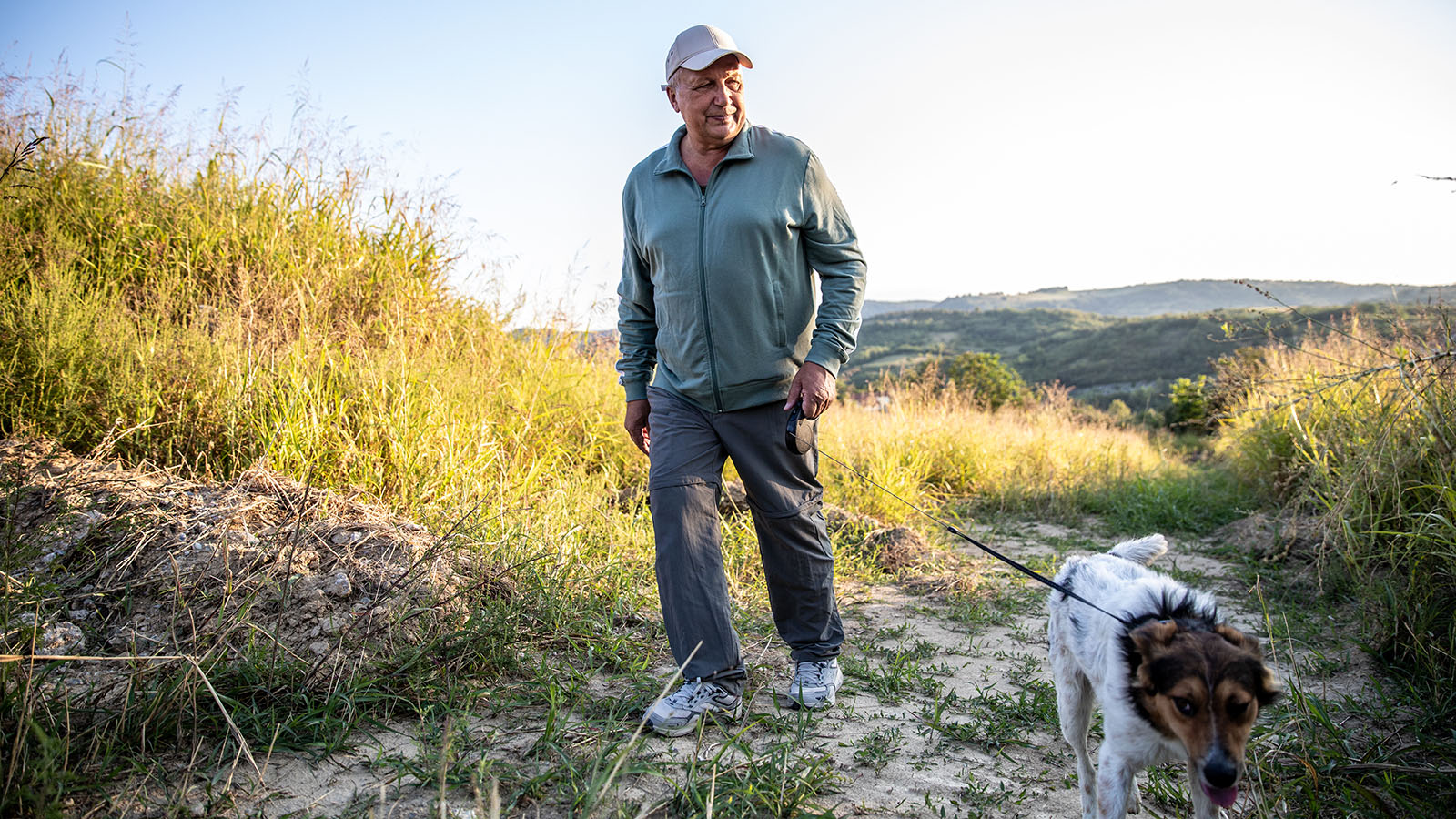
Is Your Daily Walk Making You Really Sore?

IBS and Alcohol: Can You Still Enjoy a Drink?

What You Need to Know About Epilepsy
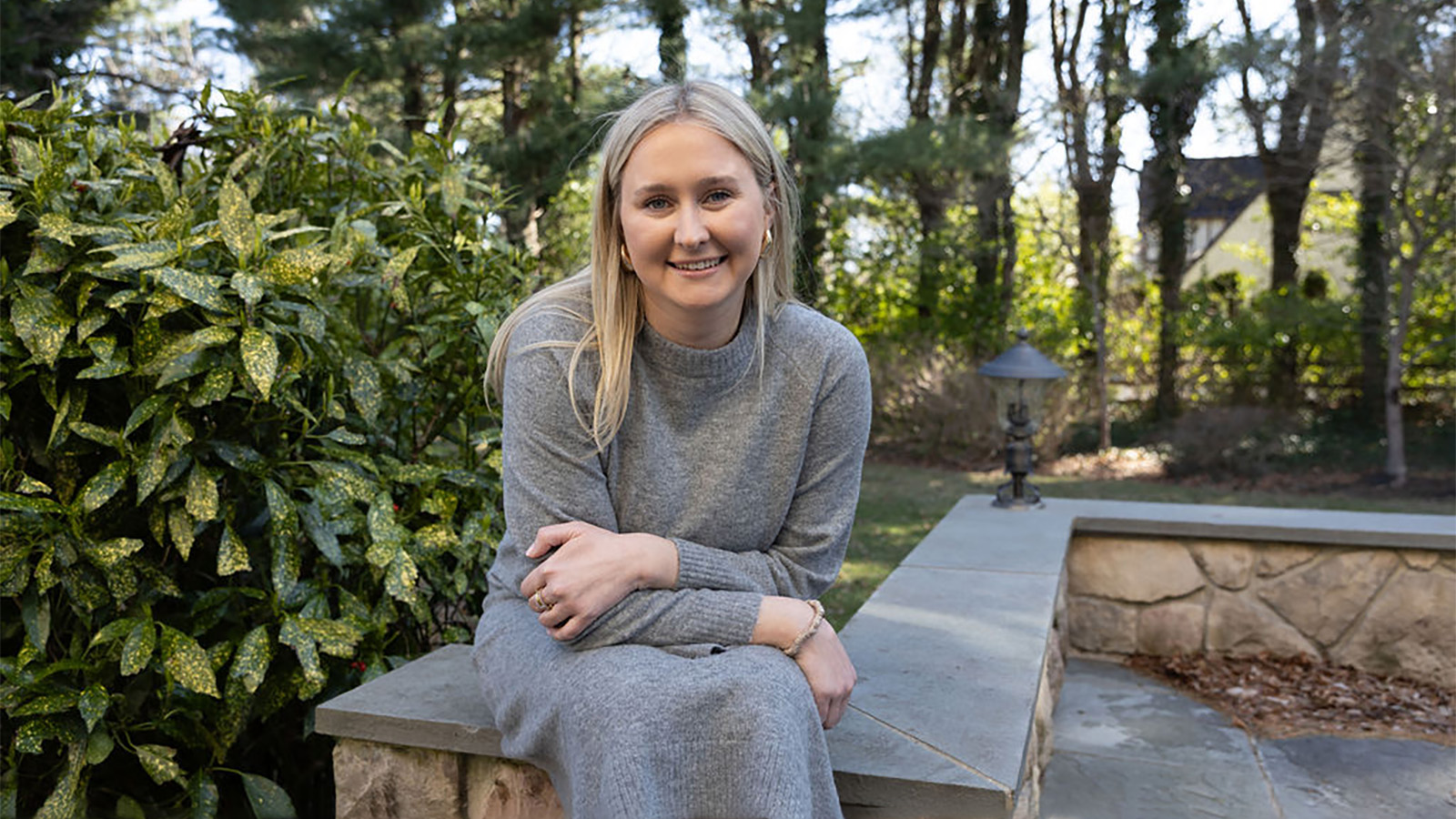
'Feeling Joy Again': ECT Brain Stimulation Therapy Restores Ashley's Well-Being
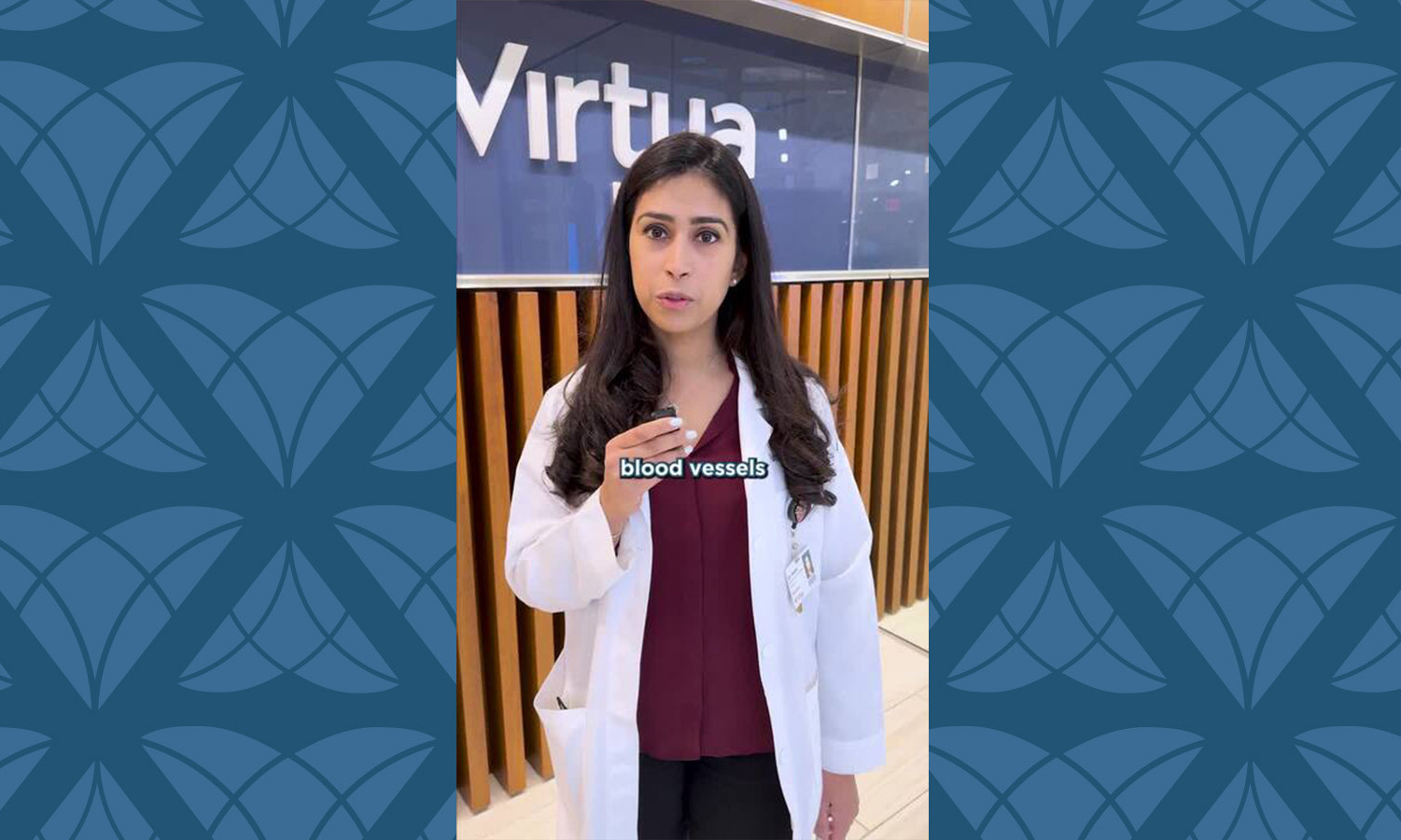
How High Blood Pressure Affects Your Body

Not Just for Wrinkles: Botox Injections Promote Improved Bladder Control
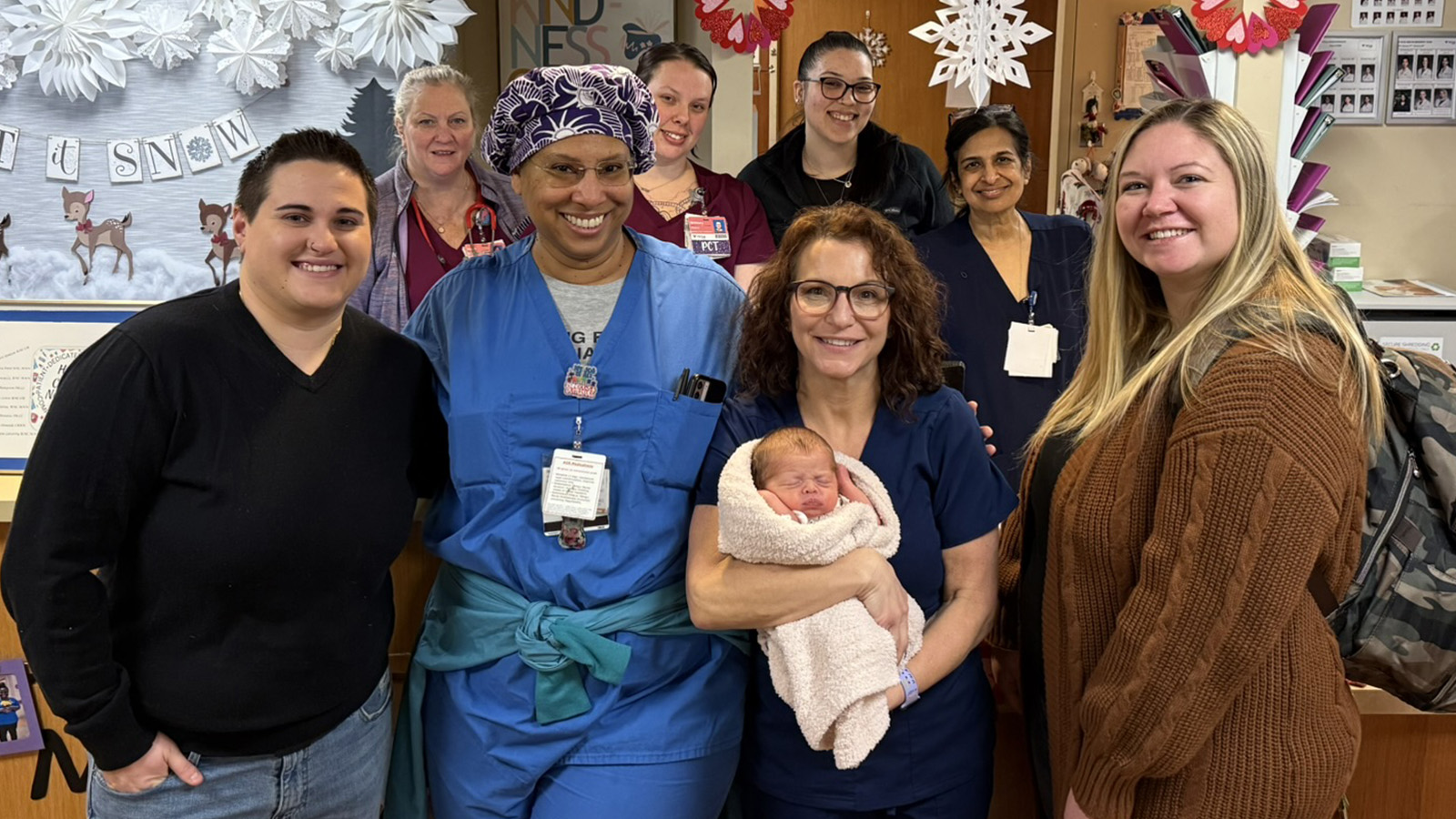
Caring Maternity Team Transforms Harley's Pregnancy Crisis Into Lasting Memories

Robotic Hysterectomy, Trusted Care Help Bobbi Shine Again

Easy, Healthy Lunch Ideas for the Beach

How to Stay Cool and Prevent Heat Illness All Summer Long

Do Not Get Burned by These Sunscreen Myths

Beat the Bugs and Save Your Summer
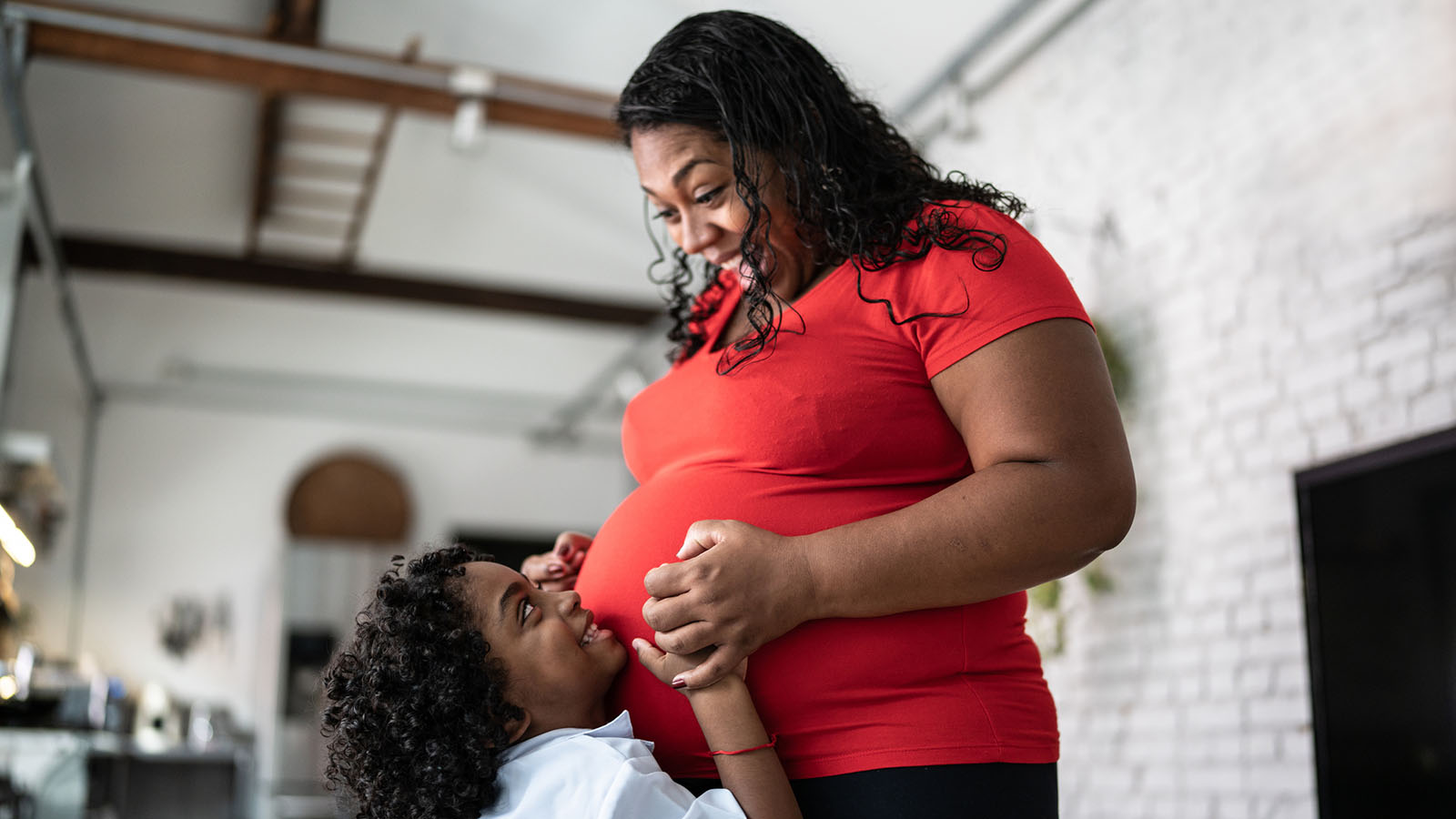
How to Have a Healthy Pregnancy if You're Overweight

Why You Get Sick on Vacation (and How to Stay Healthy While Traveling)

6 Hot Tips for a Safer Summer

4 Surprising Health Truths You Should Know

5 Interesting Facts About Your Heart

Is Low Sex Drive Normal? Revealing the Complex Causes of Low Libido in Women

Get to the Bottom of Blood Pressure Numbers
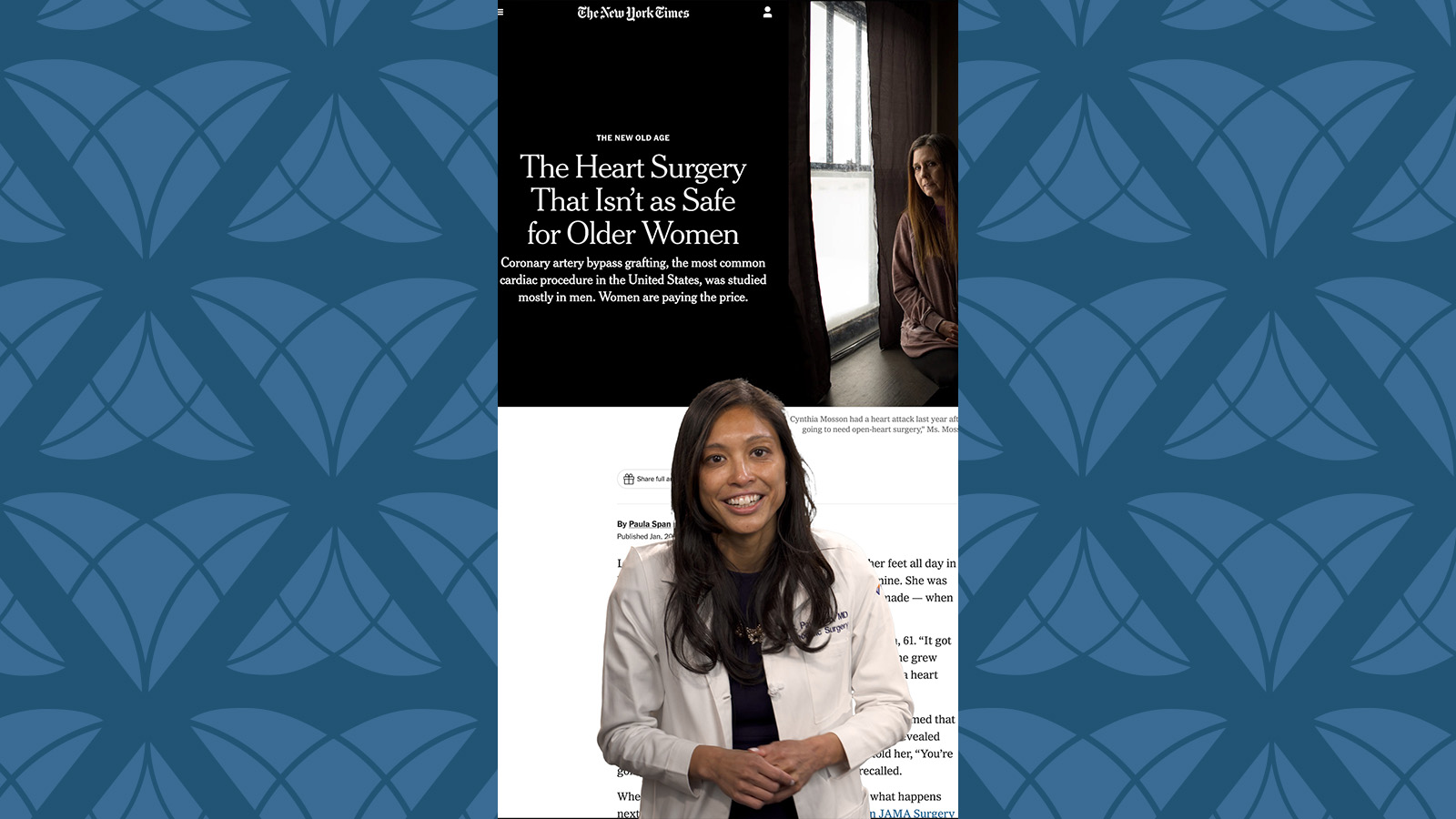
CABG Surgery: What Women Should Know About Heart Health and Healing

5 Feel-Good Activities to Explore Around South Jersey
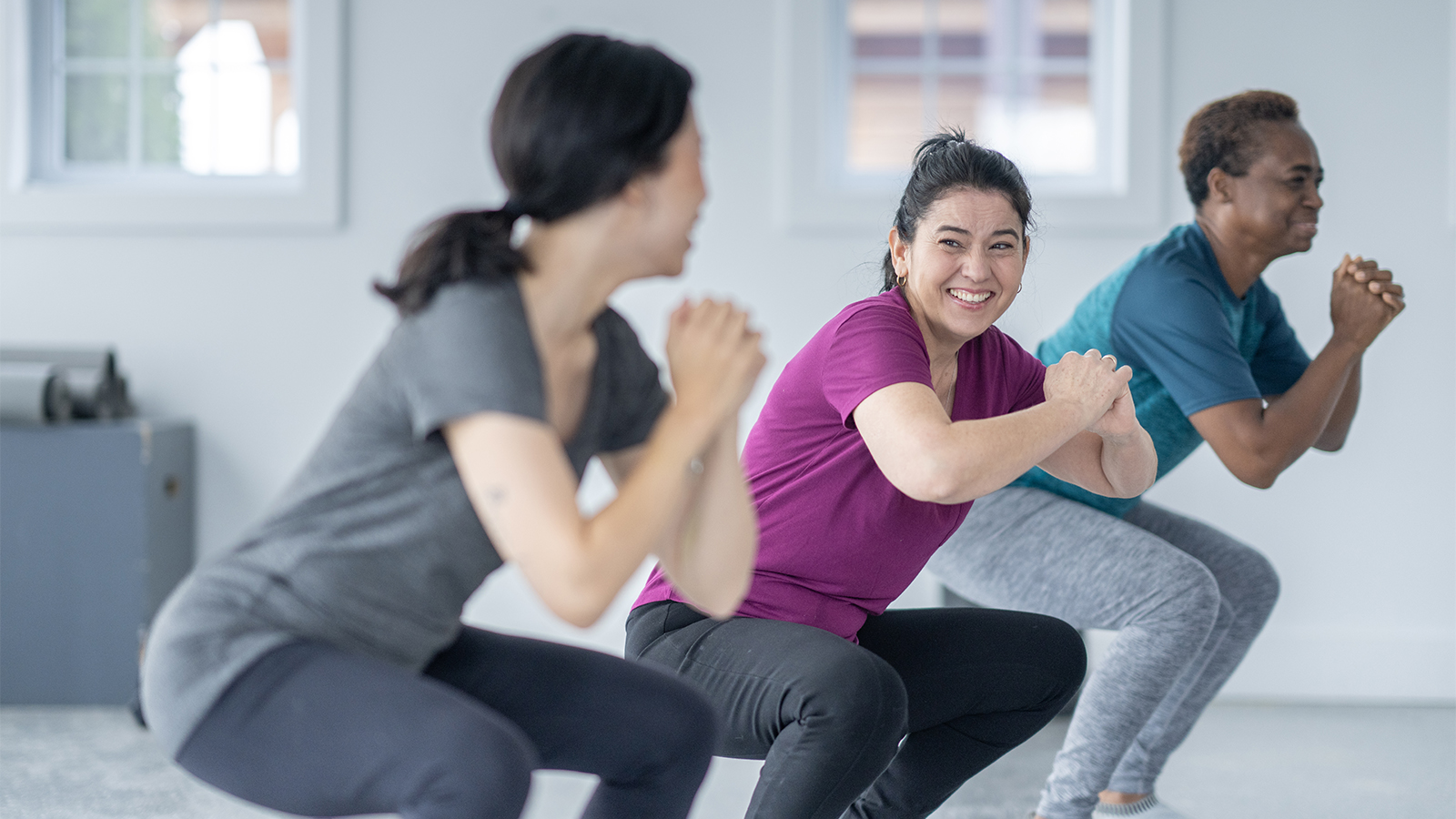
Stress Incontinence vs. Urge Incontinence: What's the Difference?

3 Changes You Can Make Today to Lower Your Cancer Risk
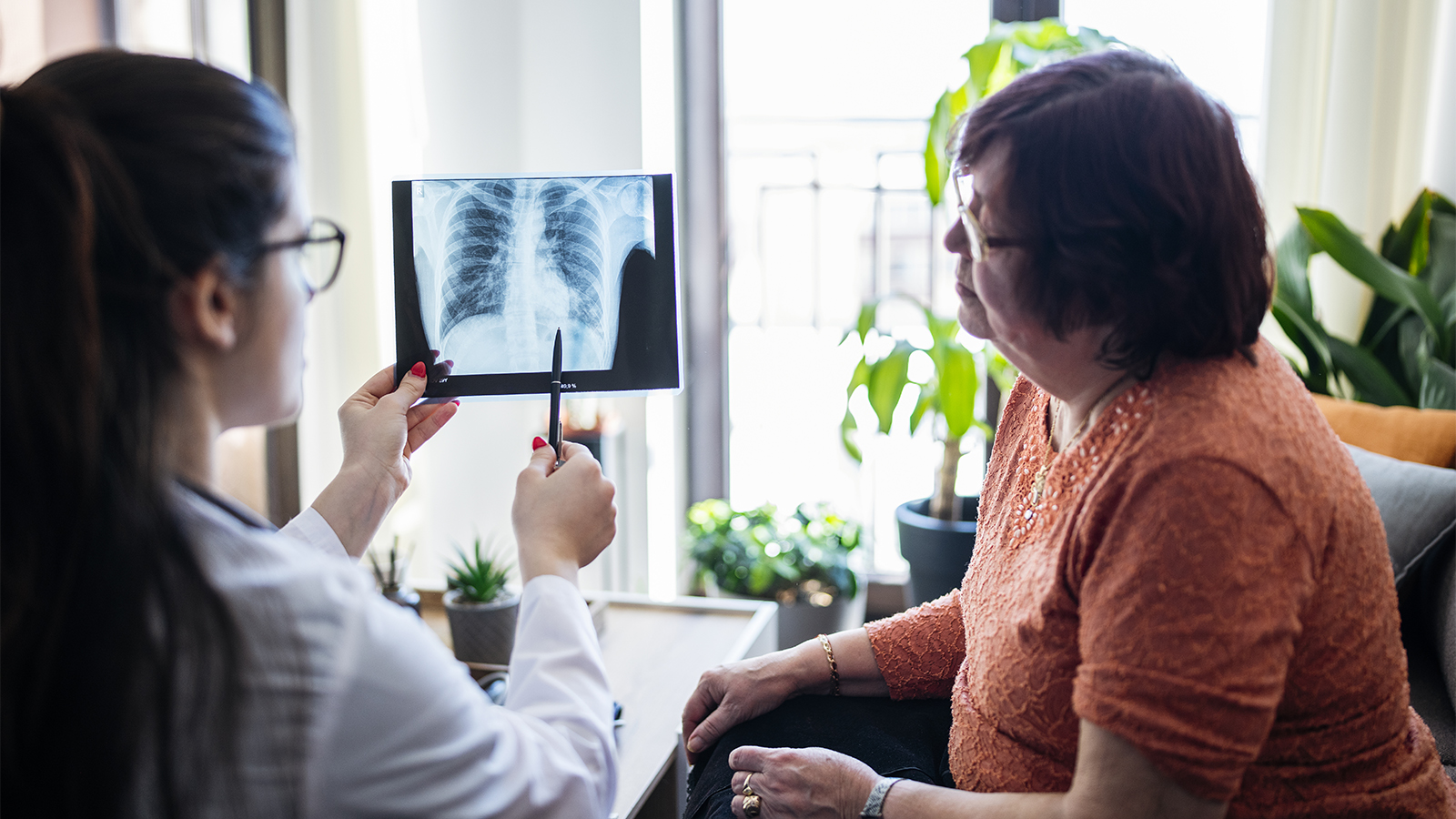
A Lung Cancer Screening Could Save Your Life

Take Pride in our Health: Must Dos for LGBTQ+ Preventative Care
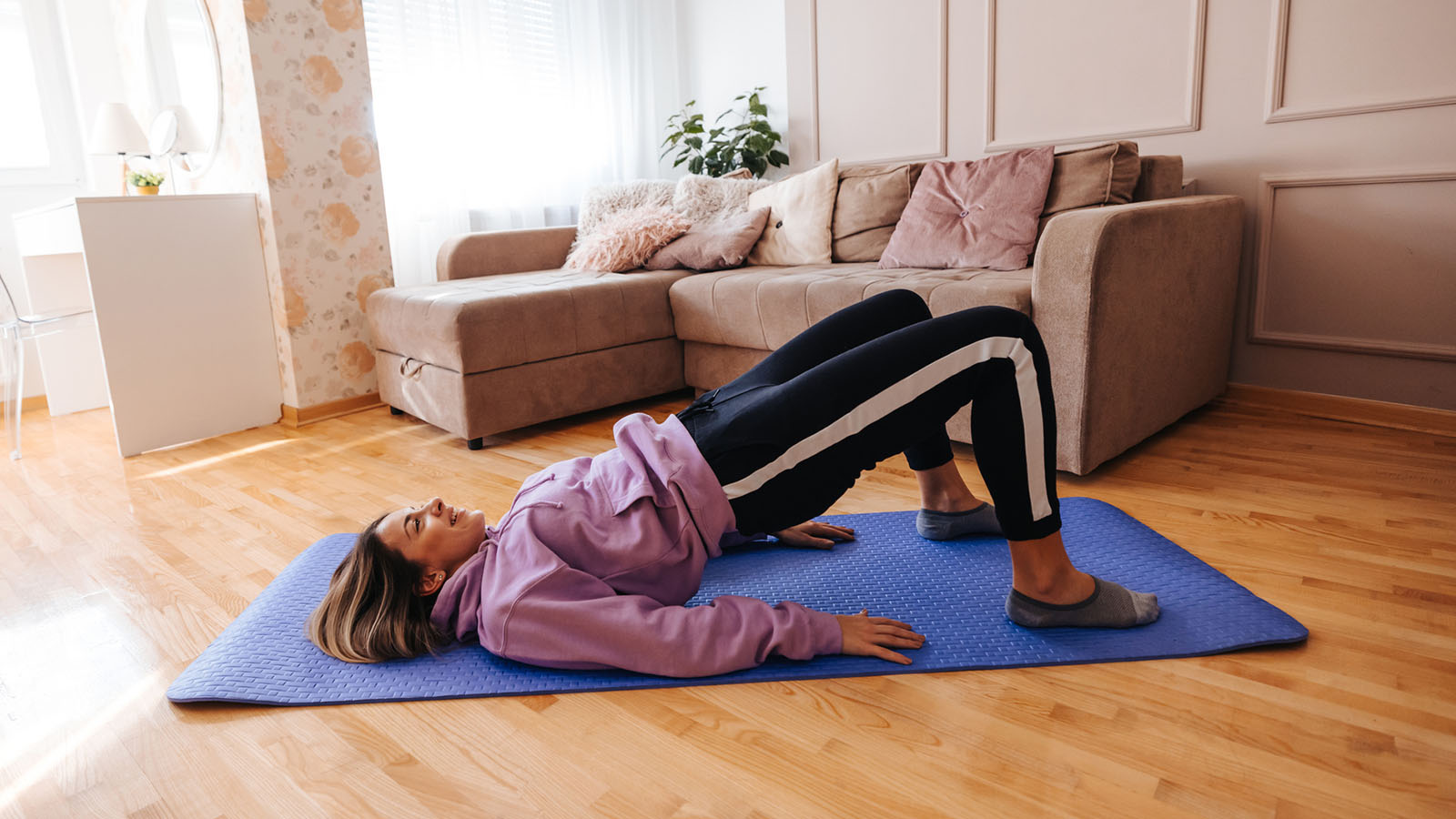
4 Foolproof Pelvic Floor Strengthening Exercises for Women

What to Expect During Perimenopause

Protect Yourself From Tick Bites and Lyme Disease

10 Quick Ways to De-Stress

4 Ways to Stay Fit and Healthy on a Budget

Do You Know the Signs and Symptoms of Uterine Fibroids?

How Are Uterine Fibroids Treated?

Can I Have Sex After a Hysterectomy?
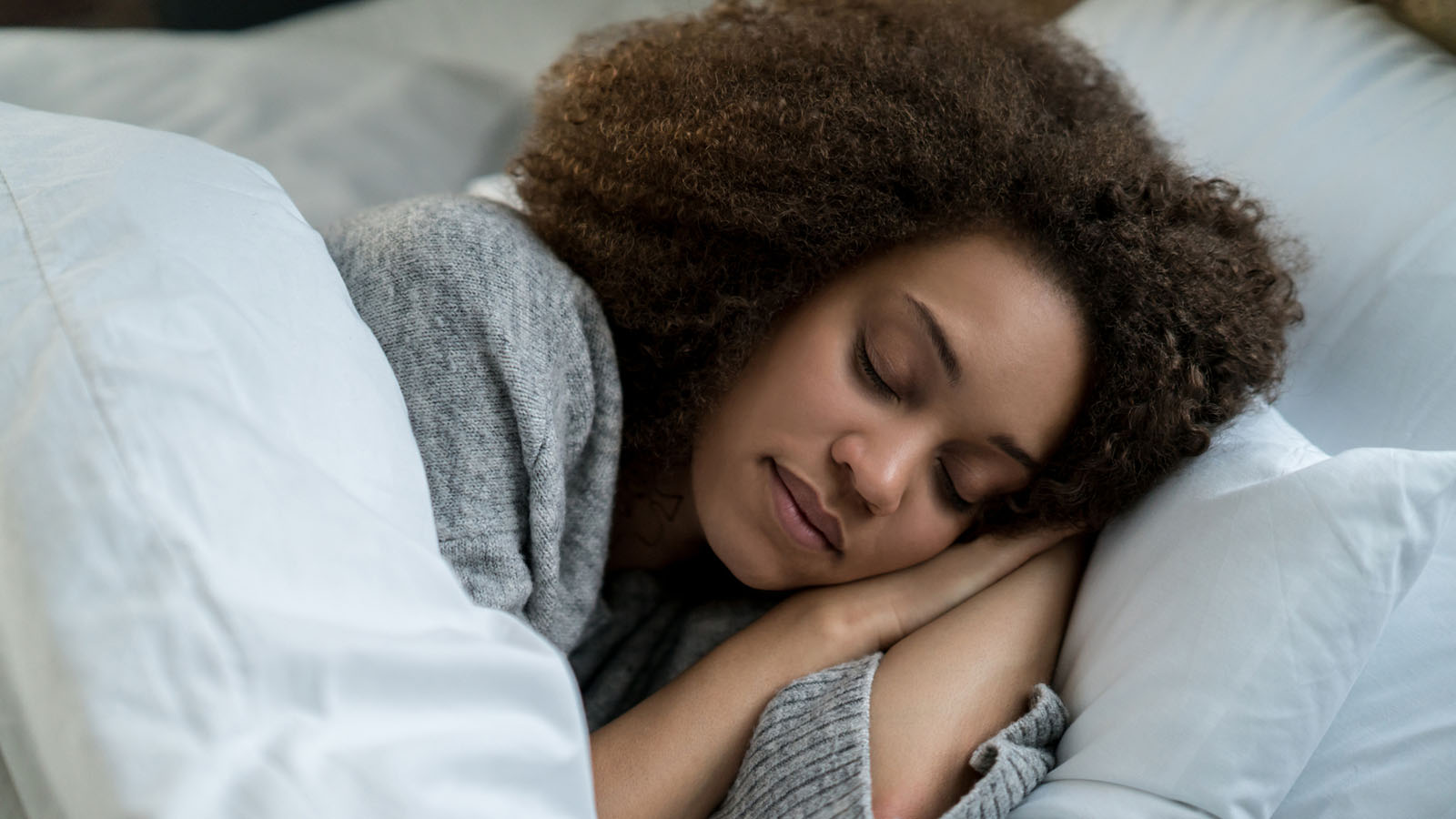
From Restless to Restful: How Movement Improves Sleep

5 Simple Ways to Spring Clean Your Wellness Routine

What to Expect From a Robotic Hysterectomy
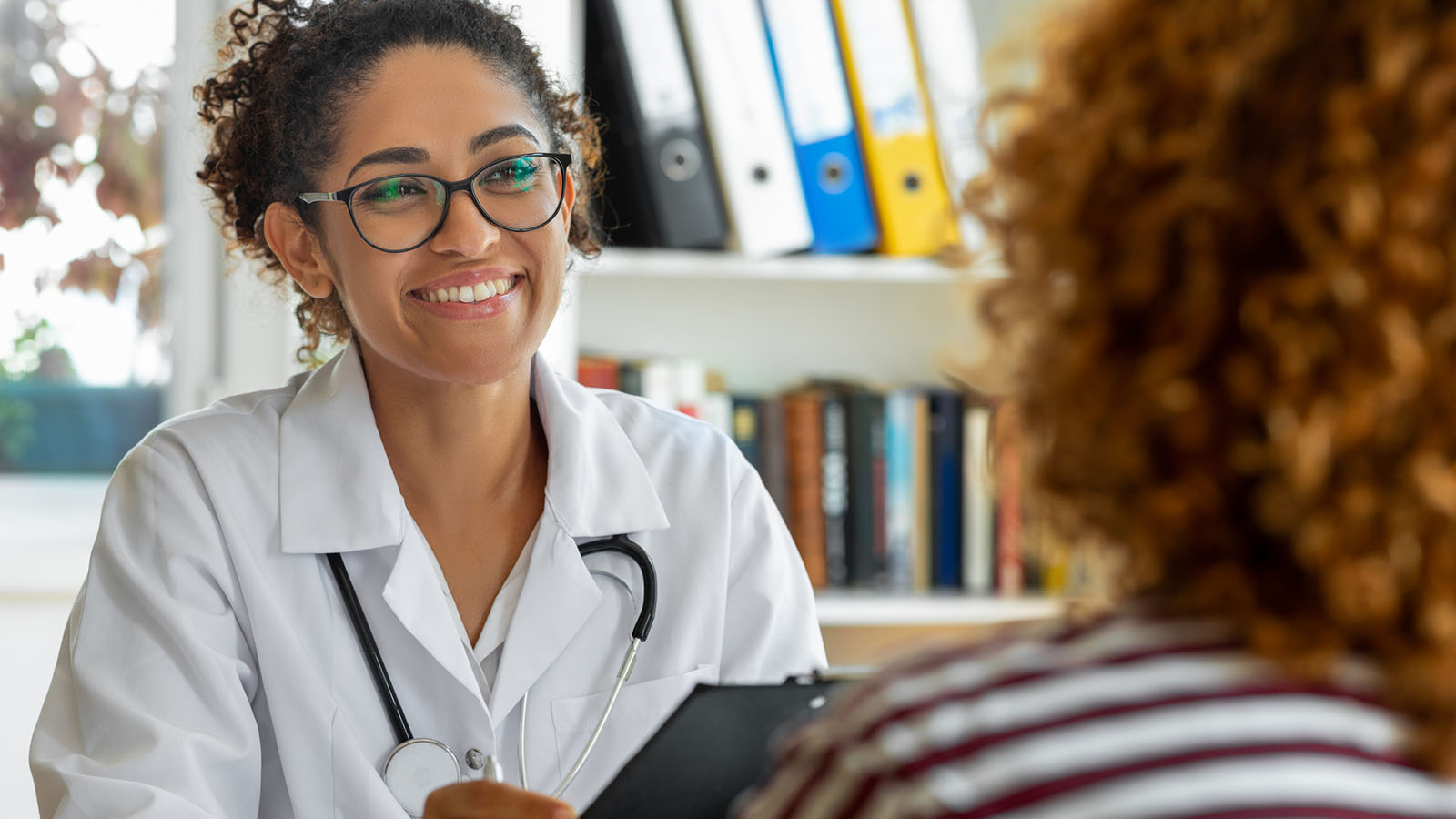
When You Need A Hysterectomy Know Your Options

Take Control of Incontinence, Prolapse, and Other Pelvic Floor Disorders

How Can I Prevent Bone Loss and Osteoporosis?
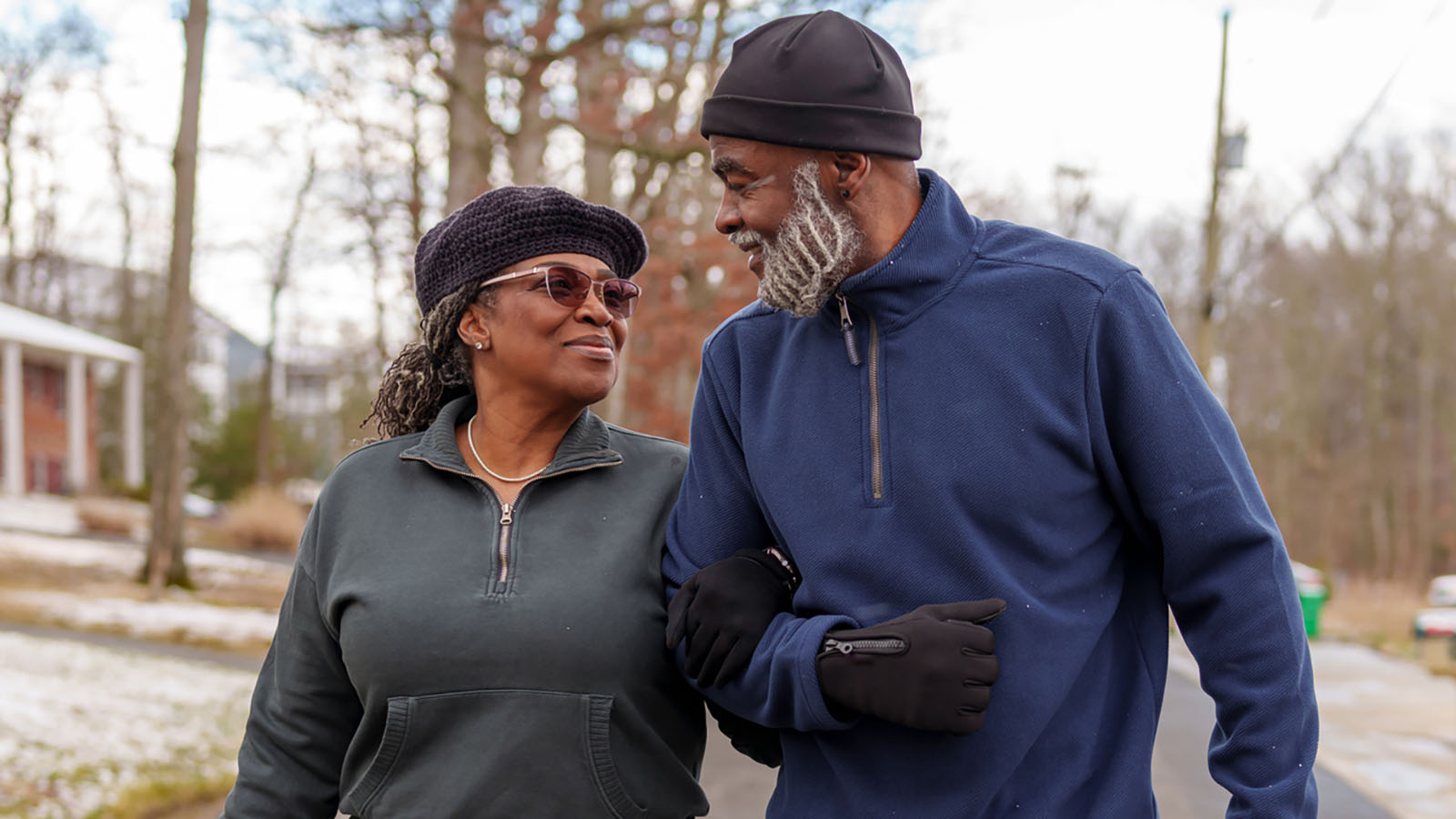
What Should You Do if You Slip, Fall, and Hit Your Head?
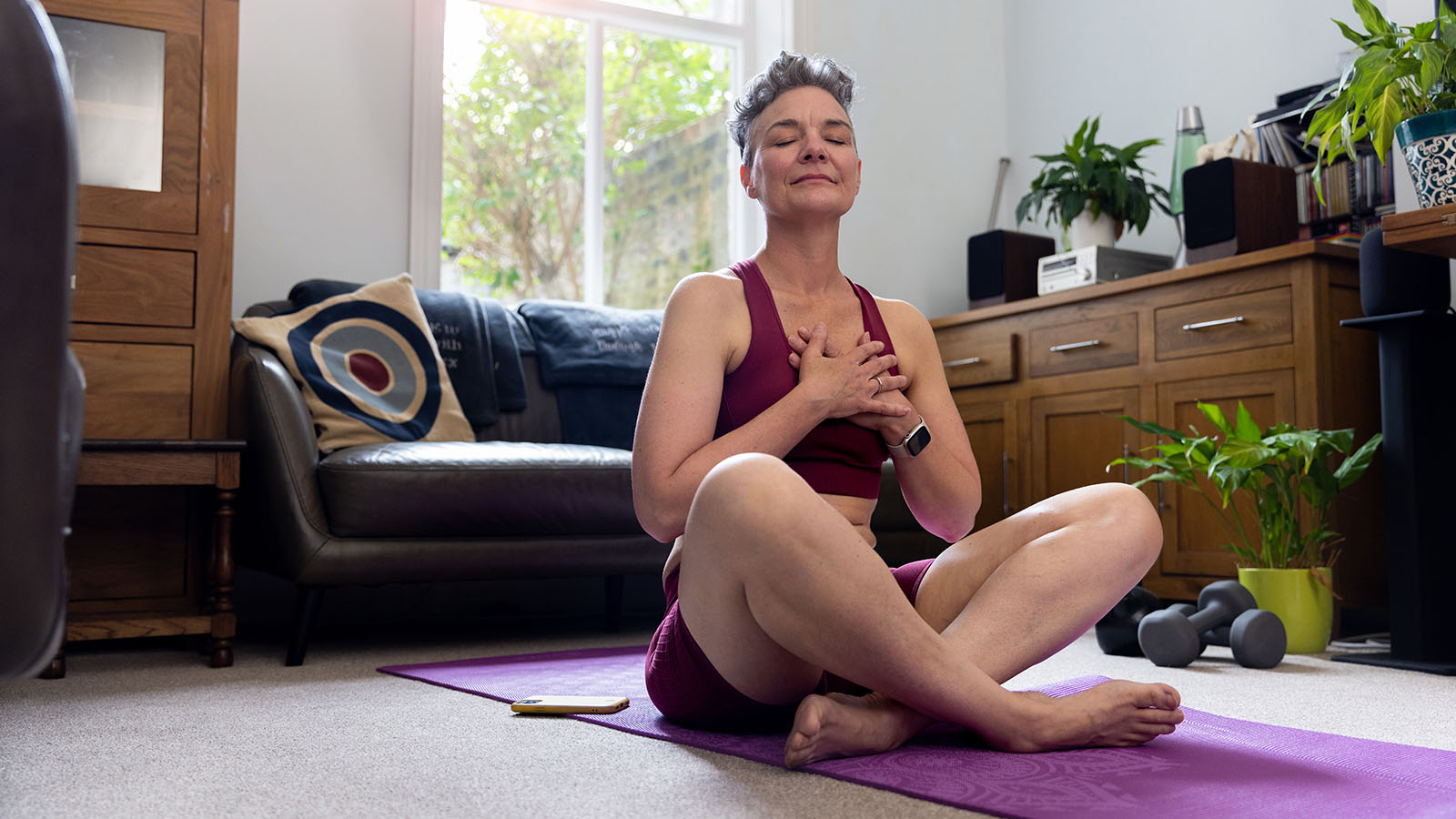
The Truth About Menopause, Weight Gain, and Belly Fat

Shedding Light on Lesser-Known Menopause Symptoms and Solutions

Debunking The Myths About Vaginal Dryness
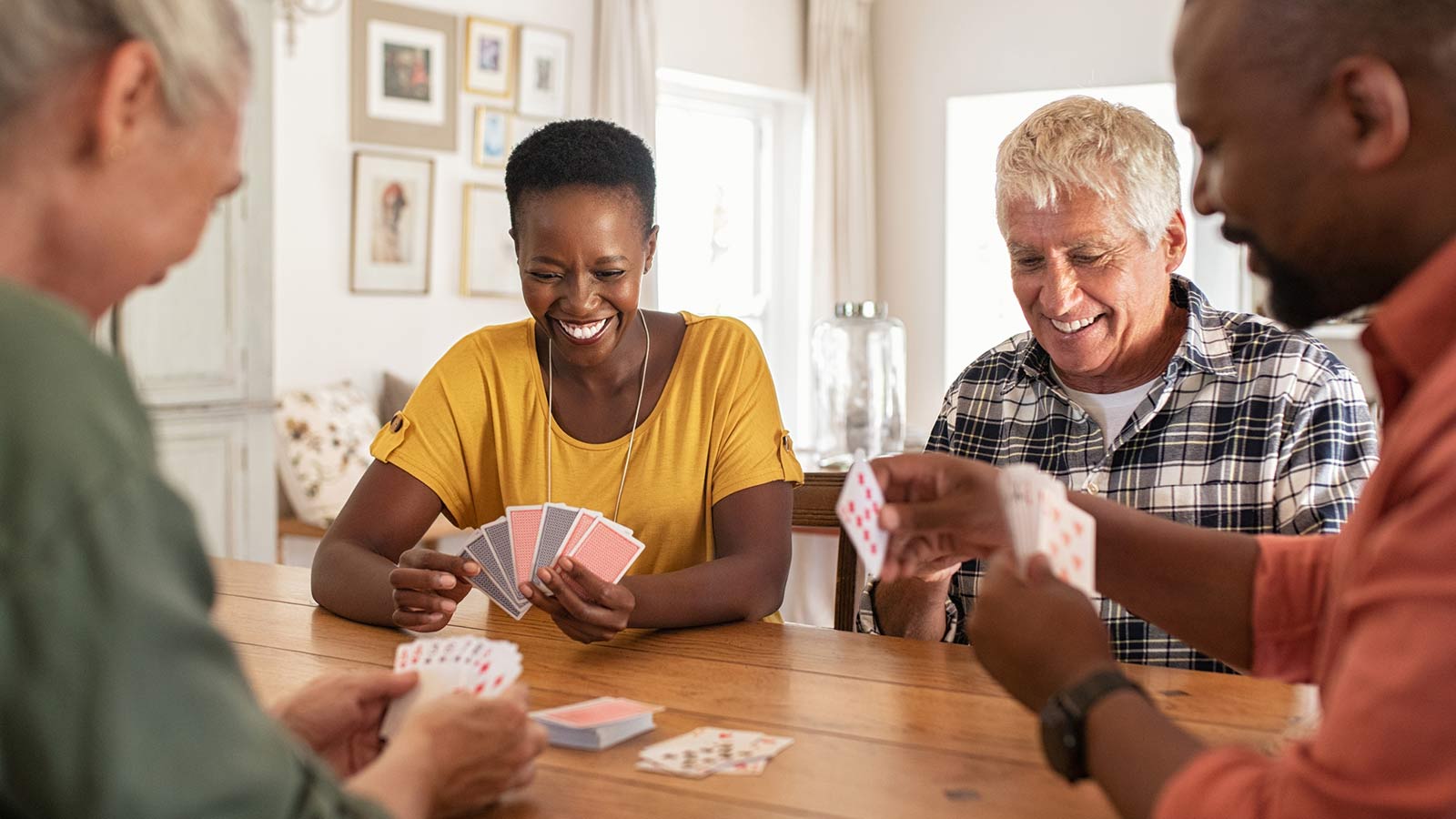
What You Need To Know About Stroke Treatment

Best Foods for Kidney Health

What Causes Food Addiction And What Are The Signs
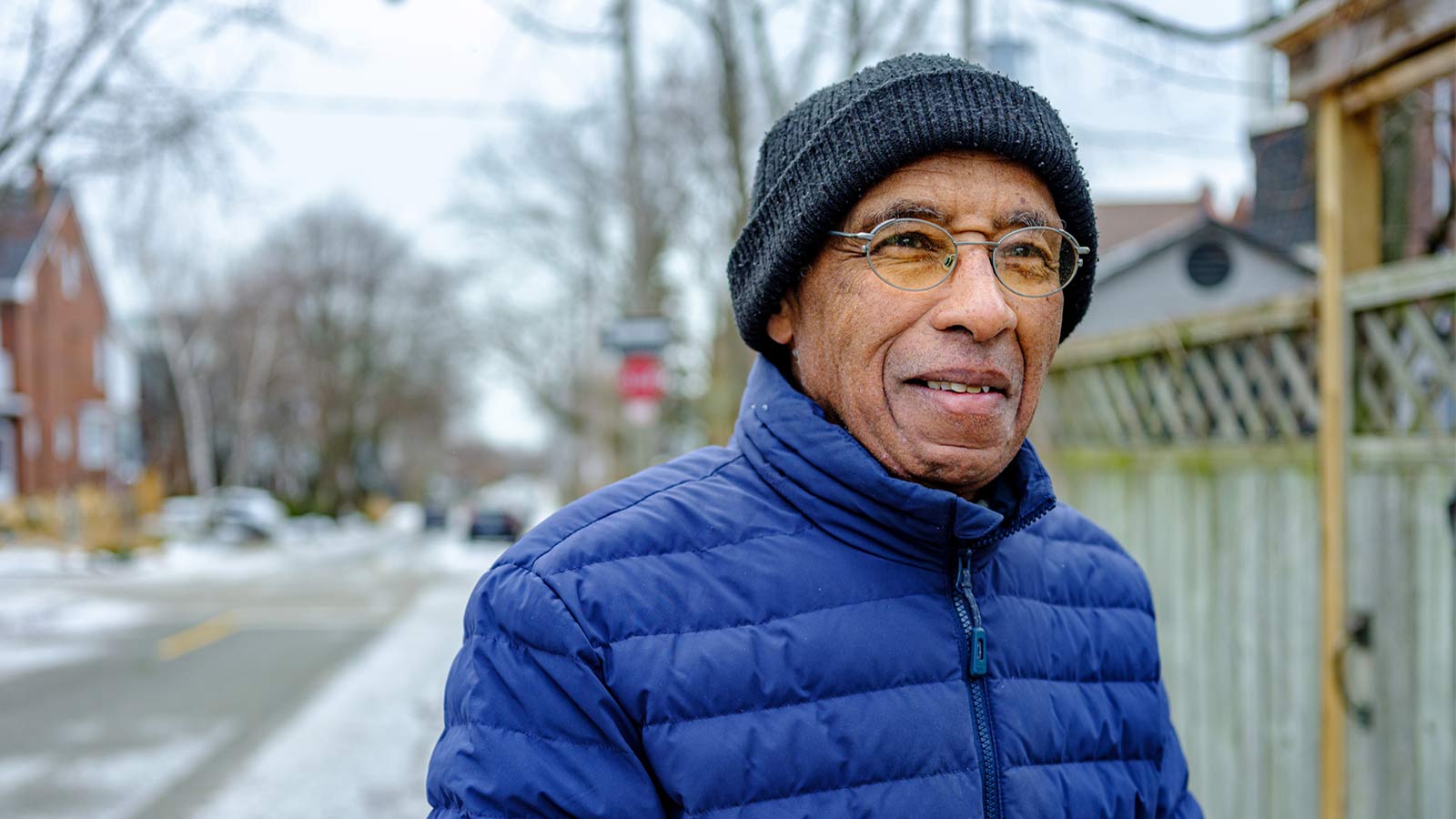
5 Essential Winter Foot Care Tips When You Have Diabetes

Advanced Minimally Invasive GYN Surgery Puts You at the Center of Care

Your 10-Point Plan to Avoid Winter Weight Gain

Colitis Symptoms Under Control, Jennifer Is ‘Living My Best Life’

Surprising Symptoms May Signal Stroke In Women

8 Key Steps to Better Blood Pressure Control

5 Back Stretches for the Work-From-Home Workweek

The HPV Vaccine: A Powerful Shield Against Cervical Cancer

How Does Breast Density Affect Your Mammogram?

Menopause: New Insights Into the Power of Hormone Replacement Therapy

How to Prevent and Treat Urinary Tract Infections
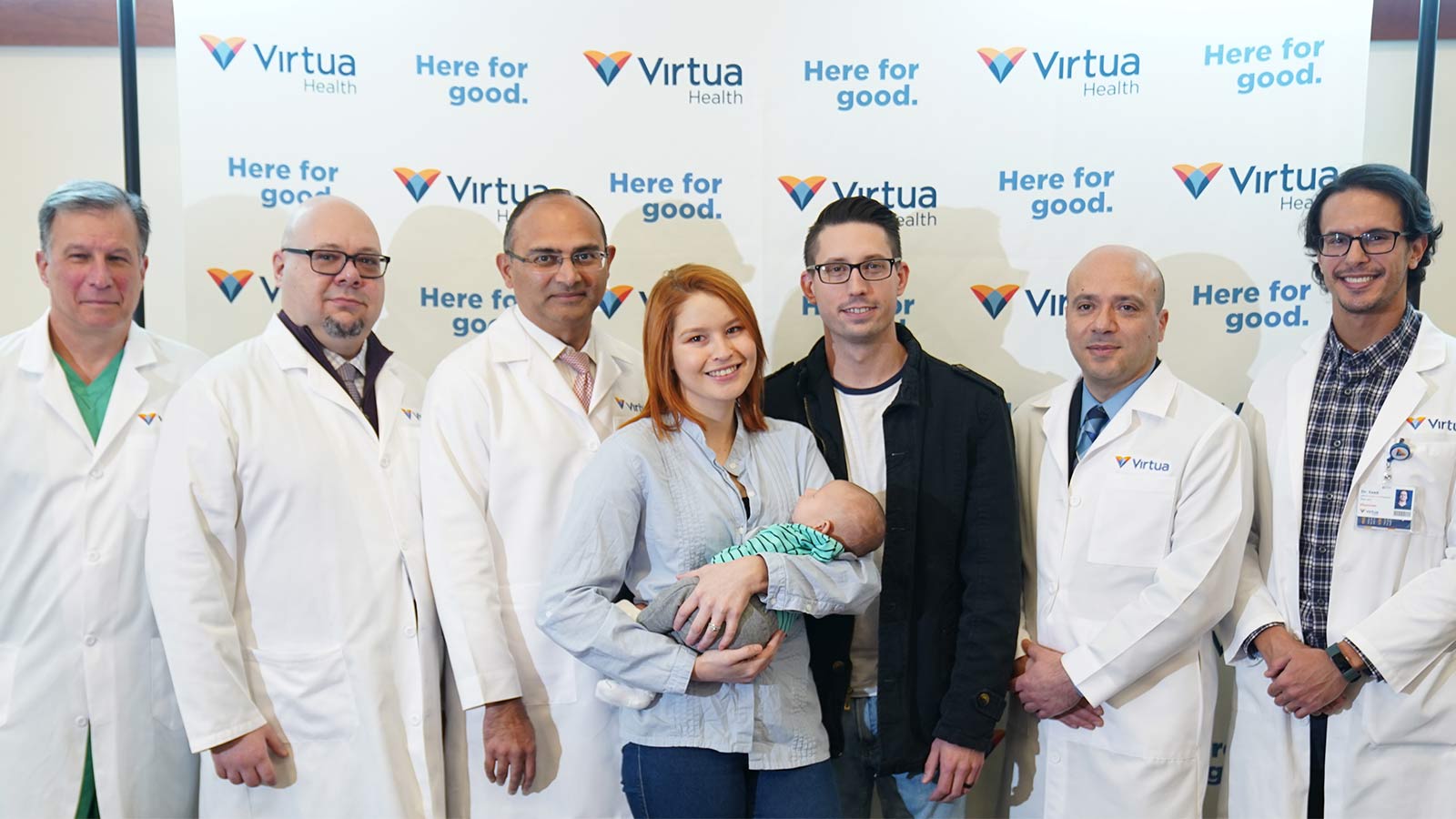
One New Heart Valve Saves Two Lives in the Tritten Family

6 Numbers Key to Keeping Your Heart Healthy
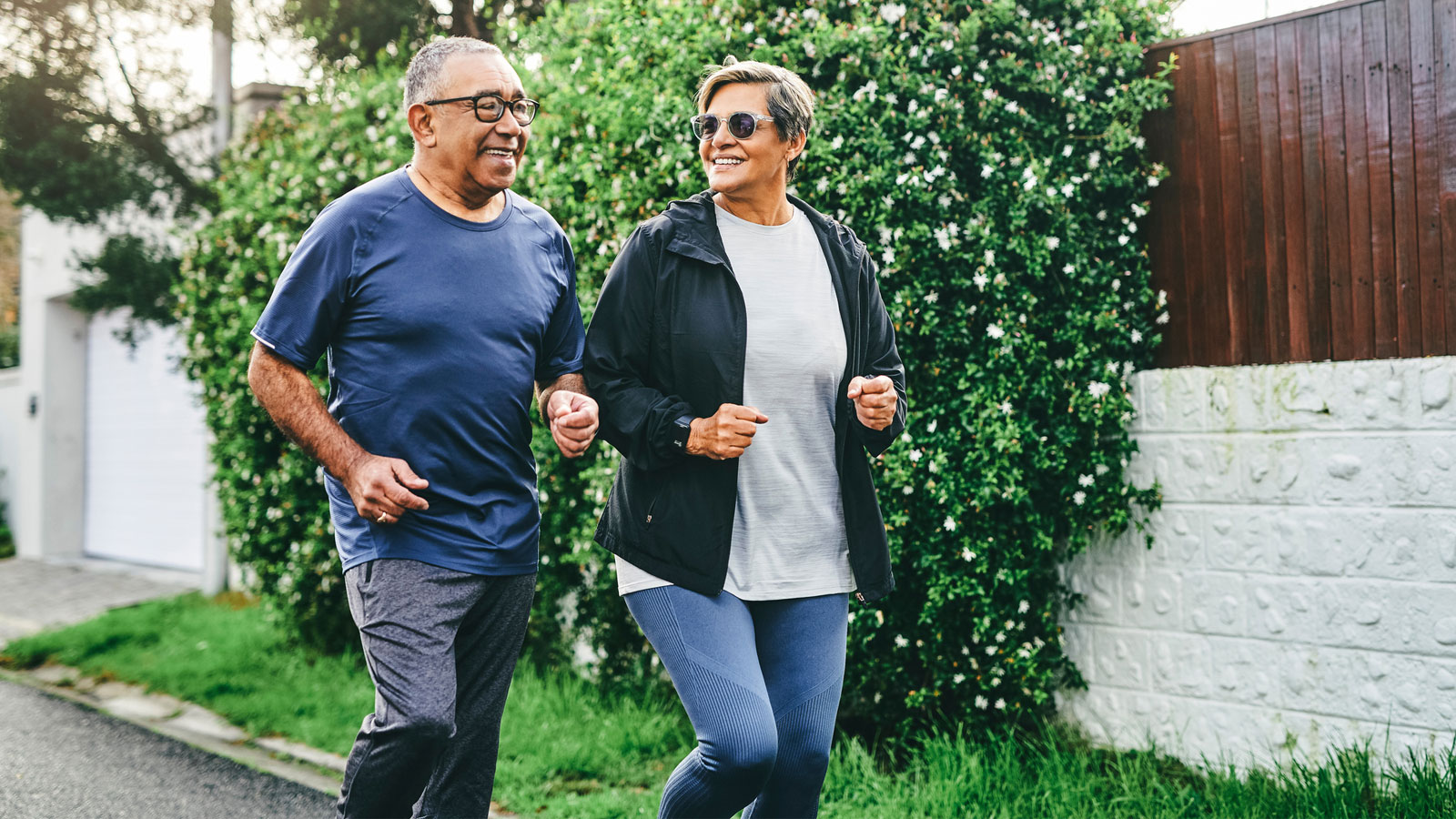
4 Easy Ways to Treat and Prevent Runner's Knee
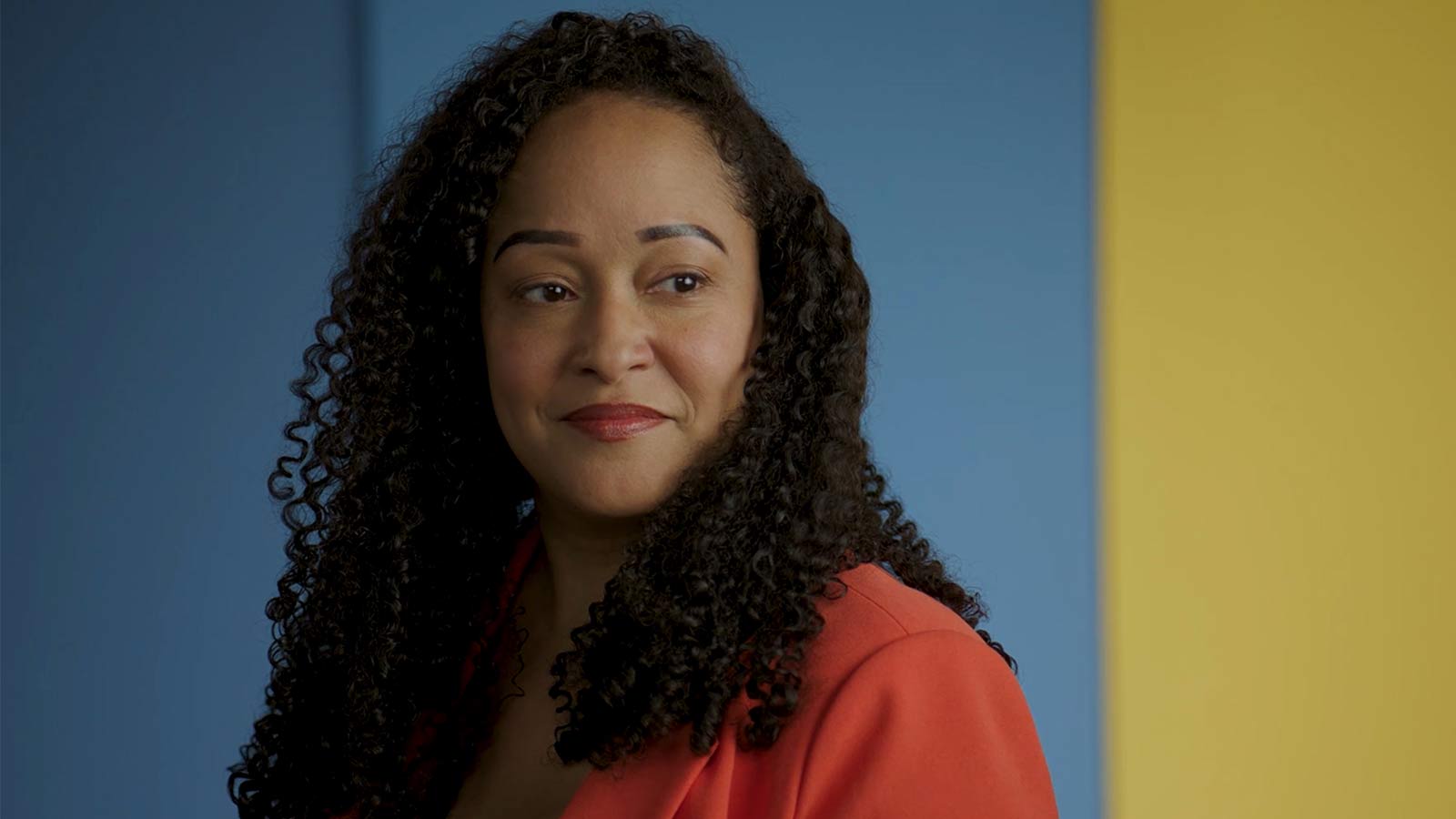
Breast Cancer Diagnosis Inspires Catherine to Help Others
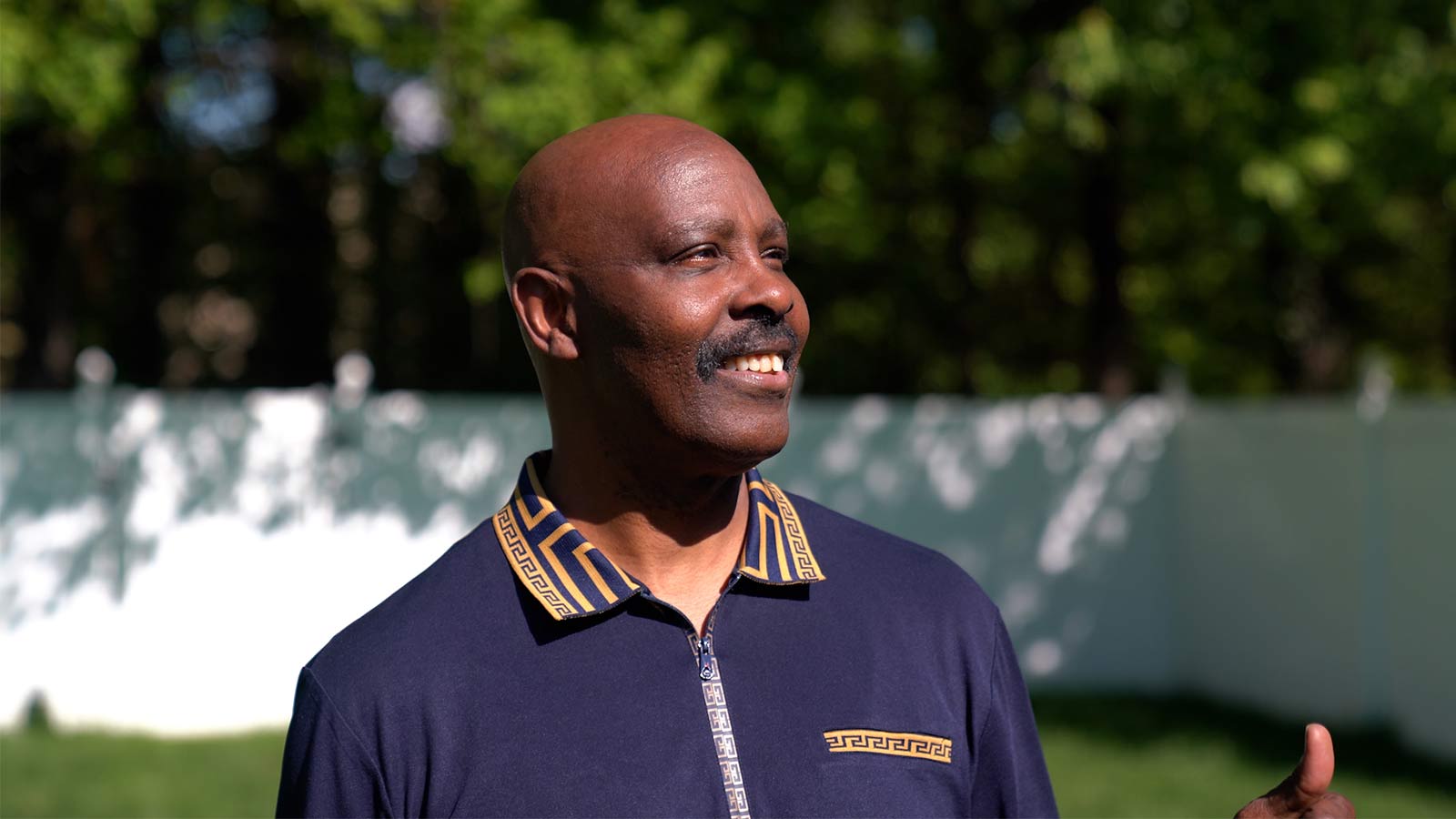
Quick Action Leads to Jesse's Recovery From Stroke
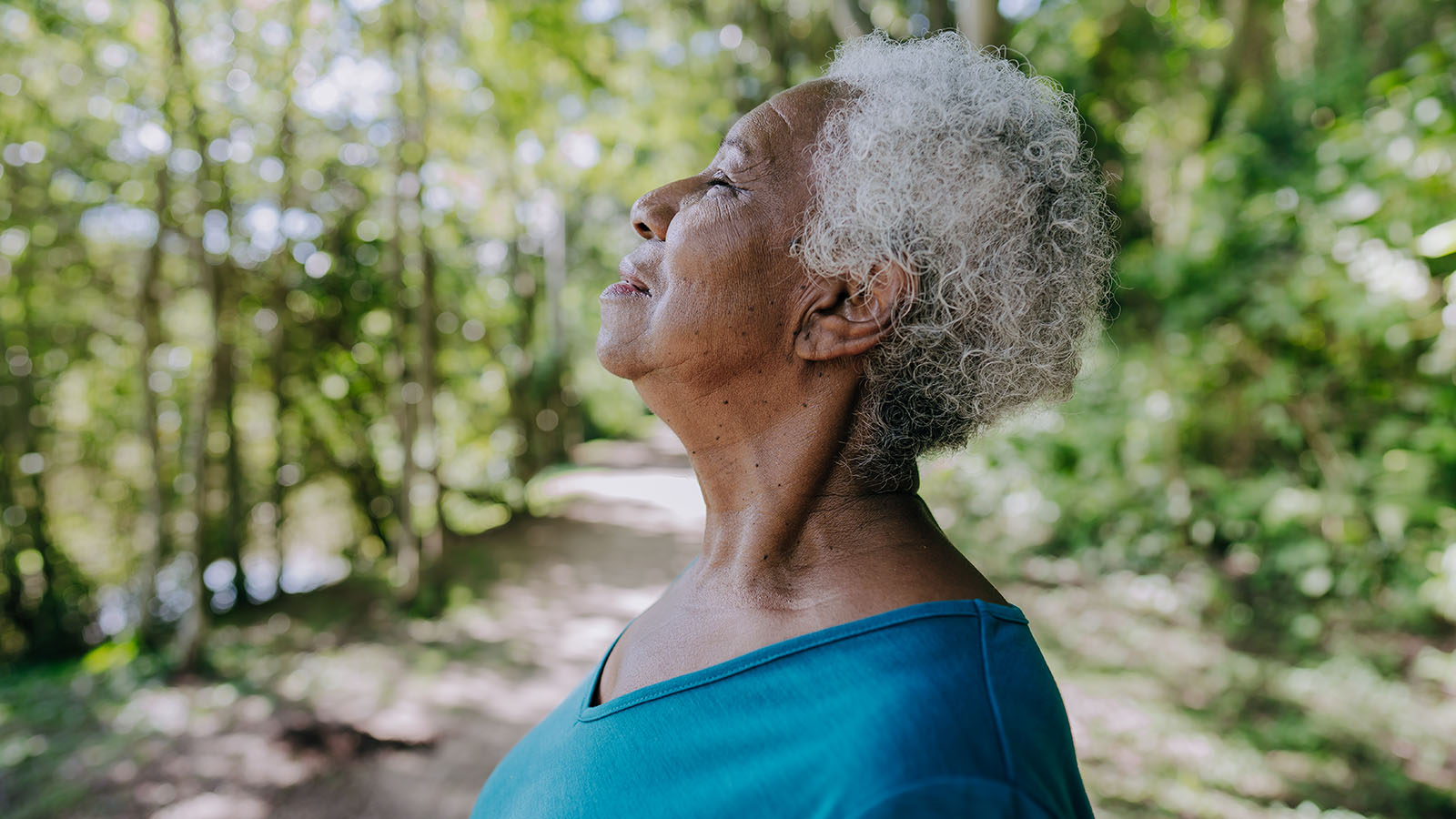
Five Mindfulness Tips That Can Help Heal Your Heart
Working from Home? Take a Quick Break to Stretch Your Wrists

Watchman Heart Device: a Technological Breakthrough for Blood Clot Prevention

Love Your Heart: Essential Care Tips for Every Stage of Life
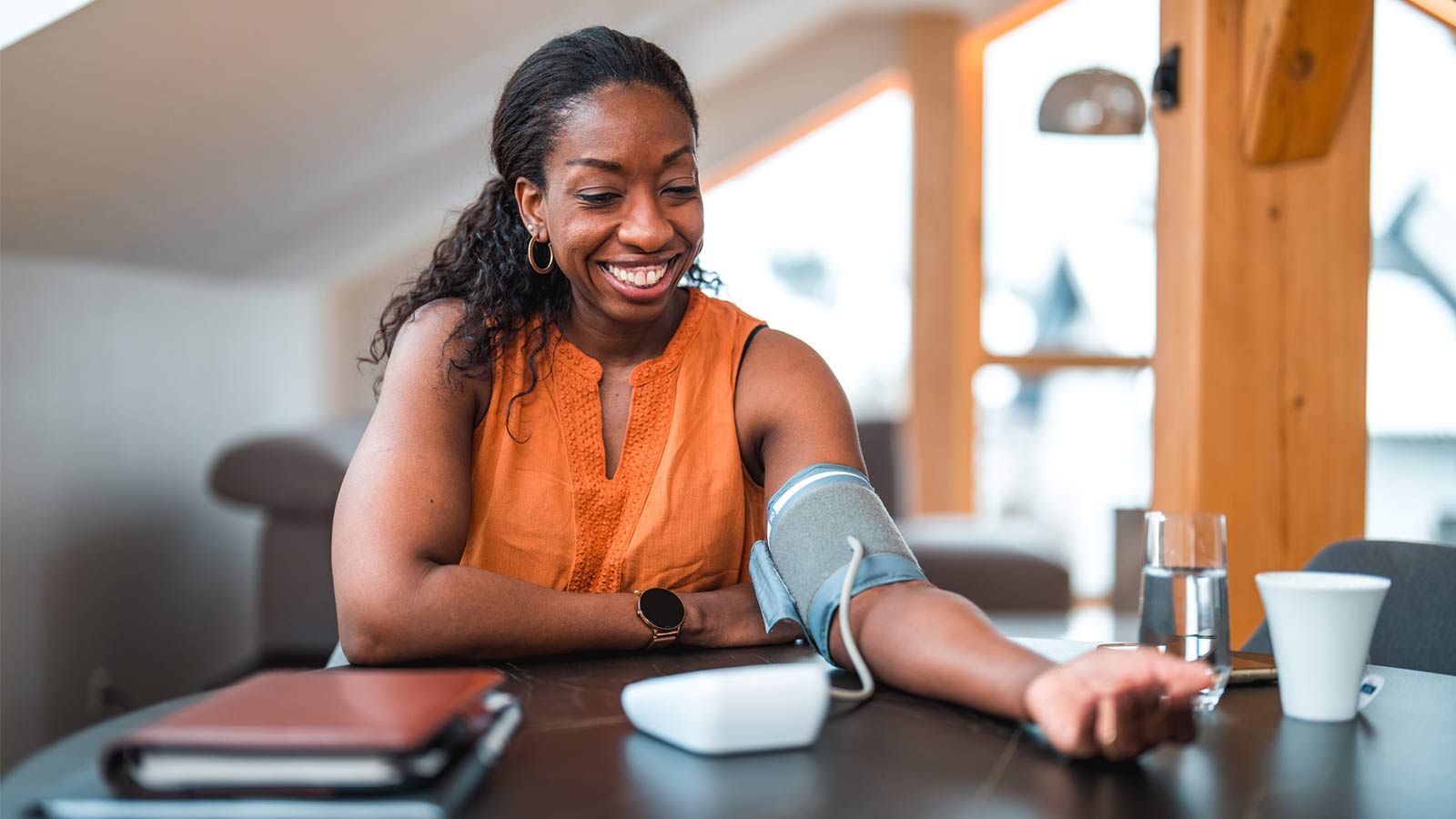
How Do I Measure My Blood Pressure at Home?

How Do I Improve My Cholesterol Levels?

3 Ways to Reduce Your Stroke Risk

How the Unique Stages of a Womans Heart Affect Her Health
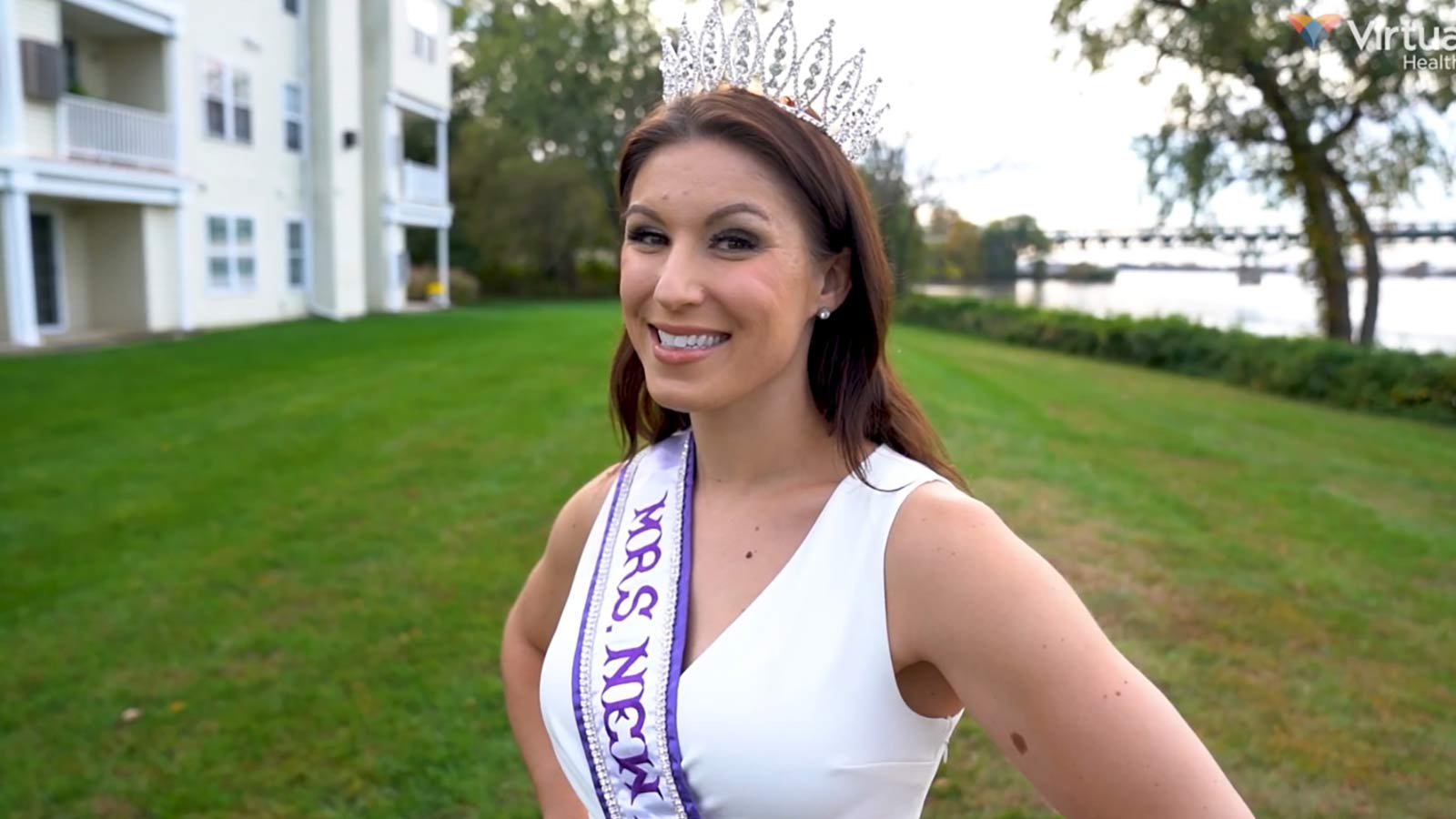
Sarah Wins Back Her Health After Crohn's Disease Diagnosis
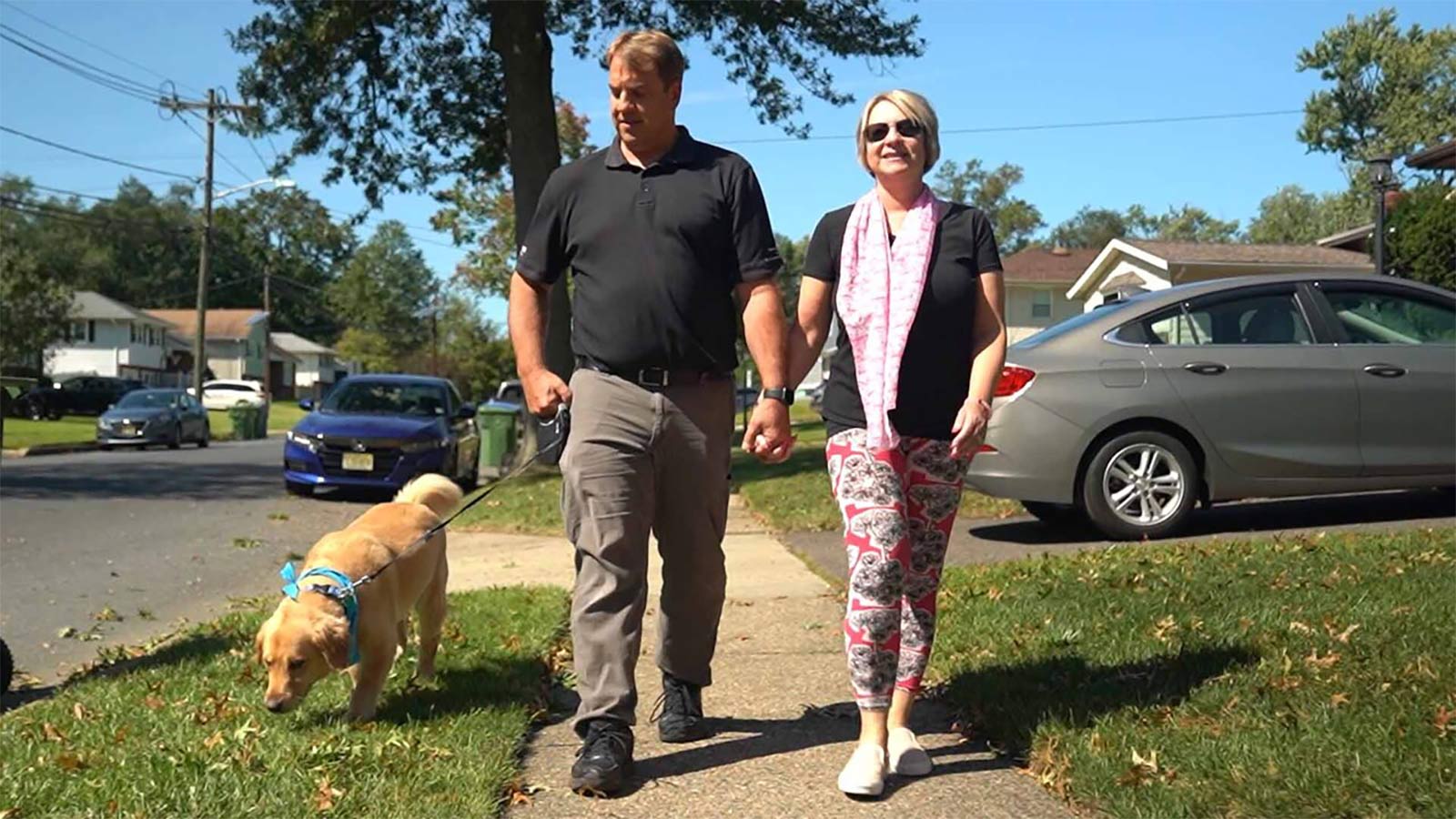
A Breast Self-Exam Saved Kristen's Life
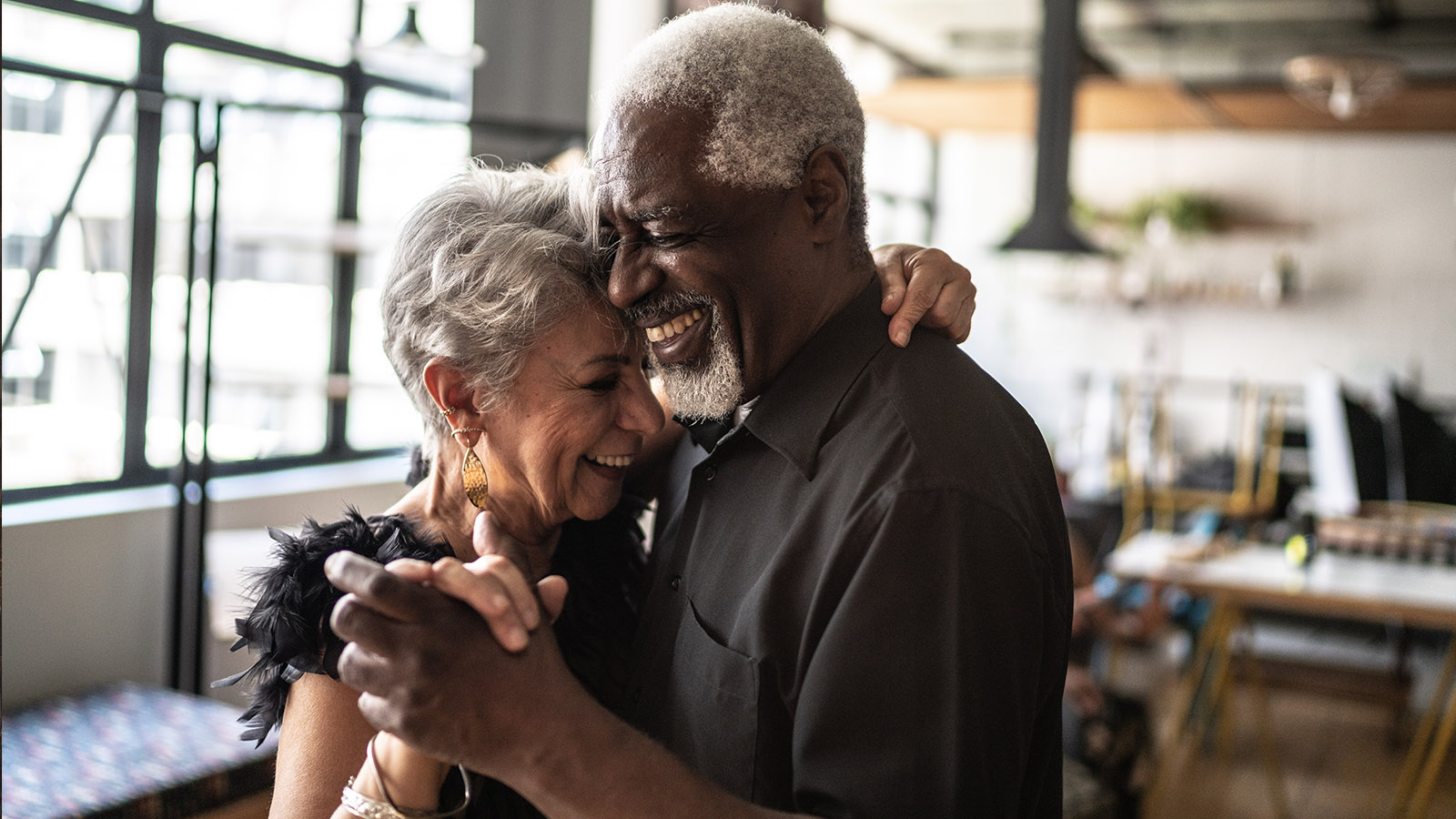
How Sex Keeps You Healthy as You Age

Protect Your Child From HPV and Related Cancers

Why IUDs Might Be The Most Effective Birth Control

5 Things You're Too Embarrassed to Tell Your OBGYN
